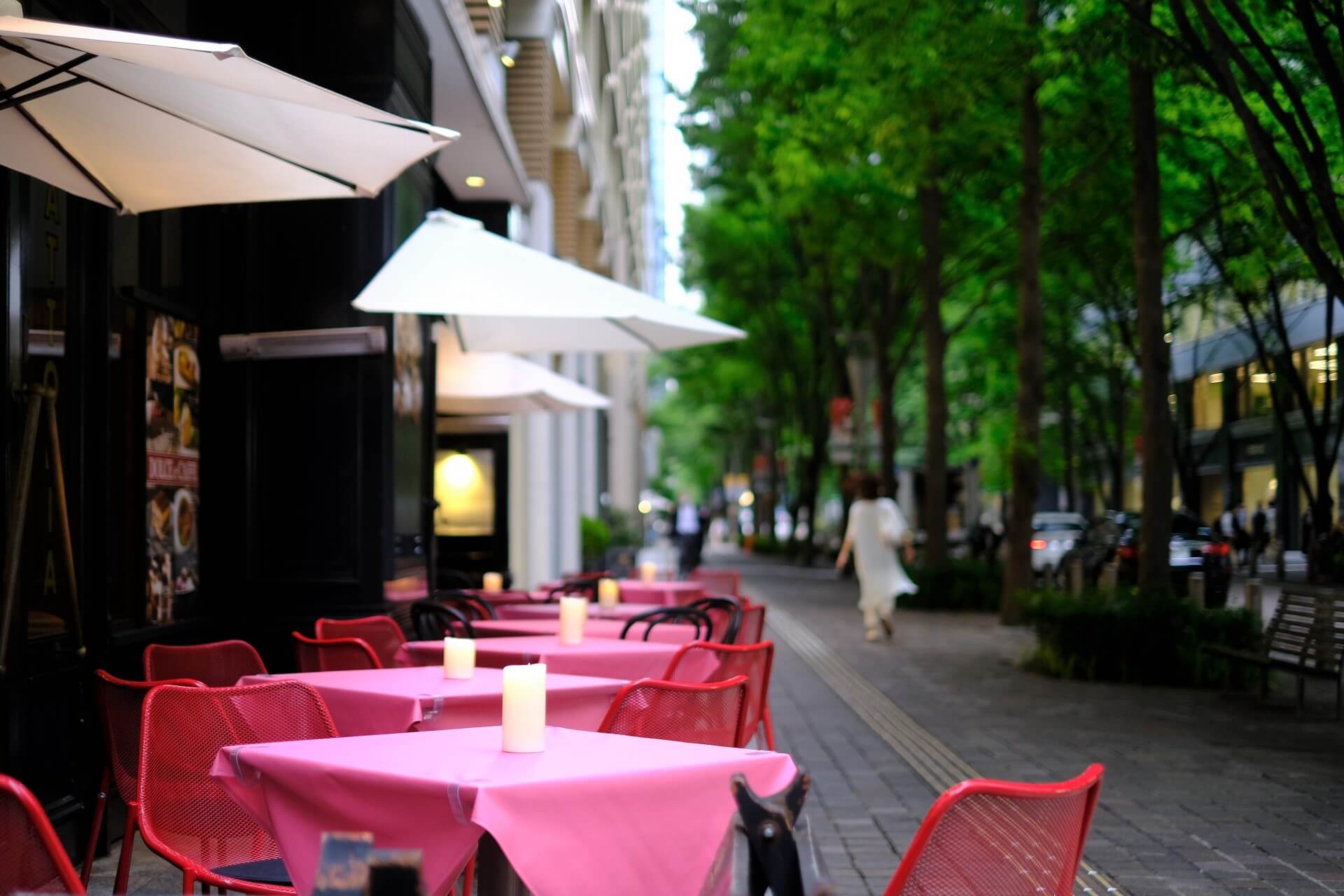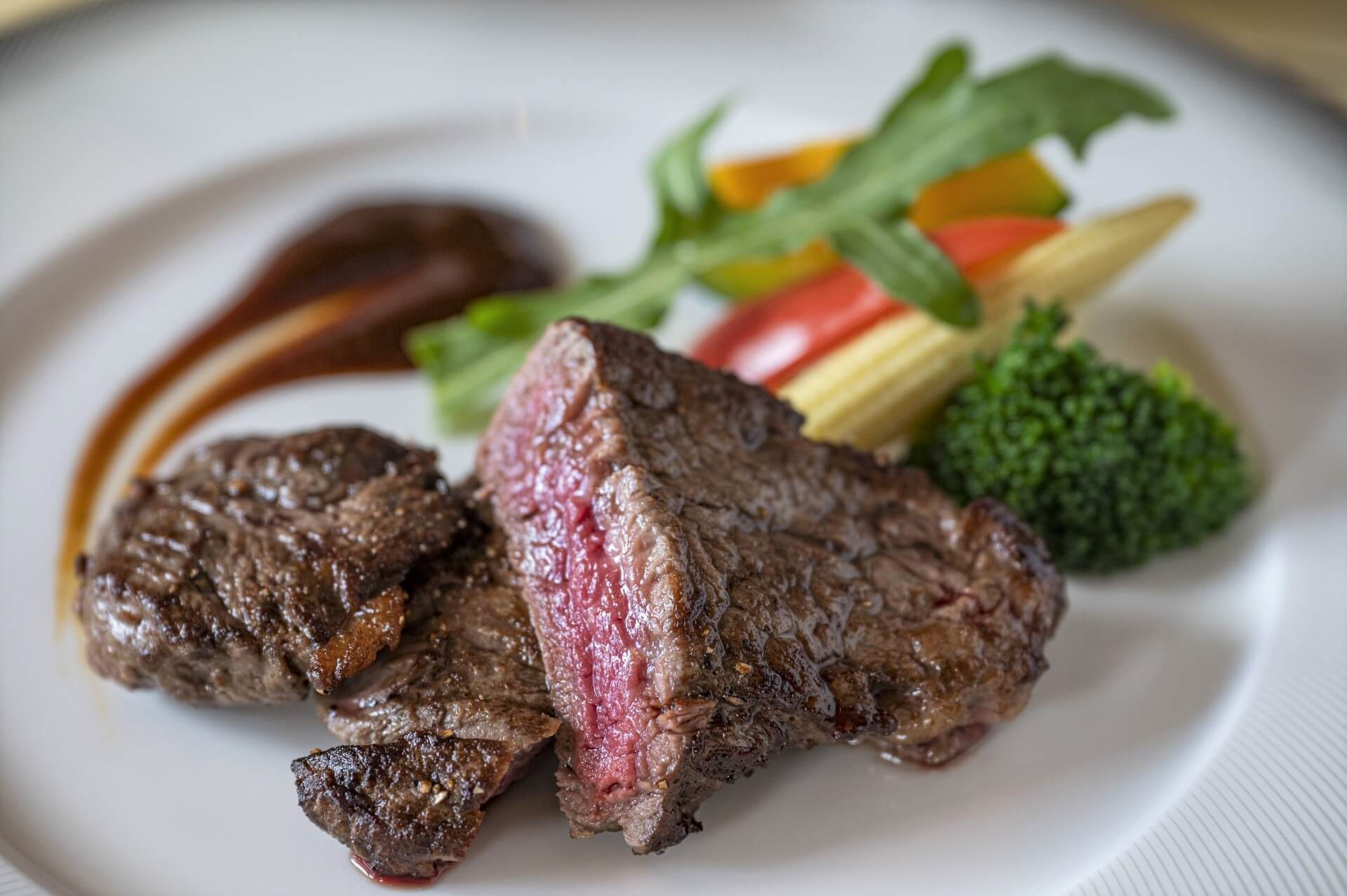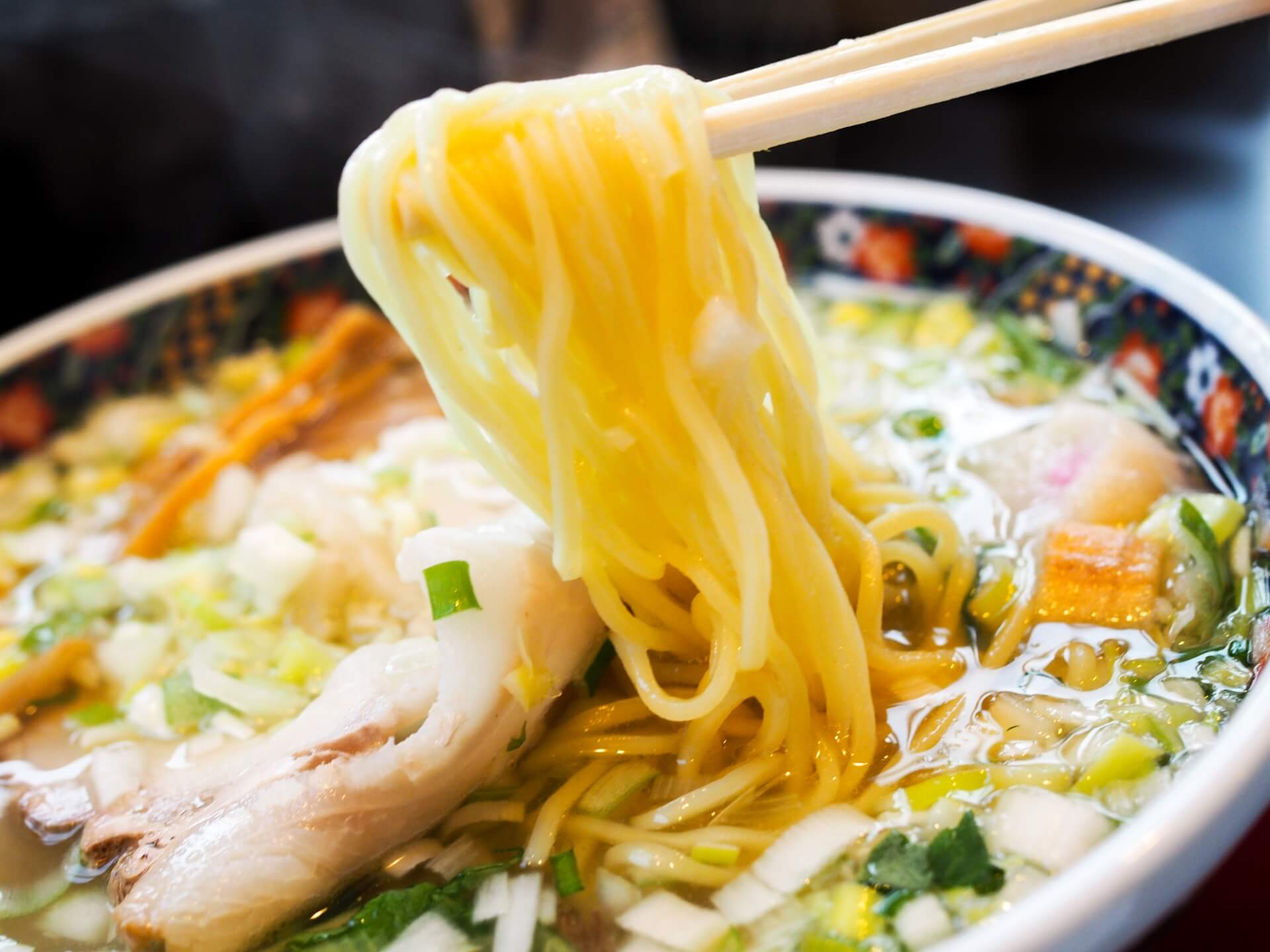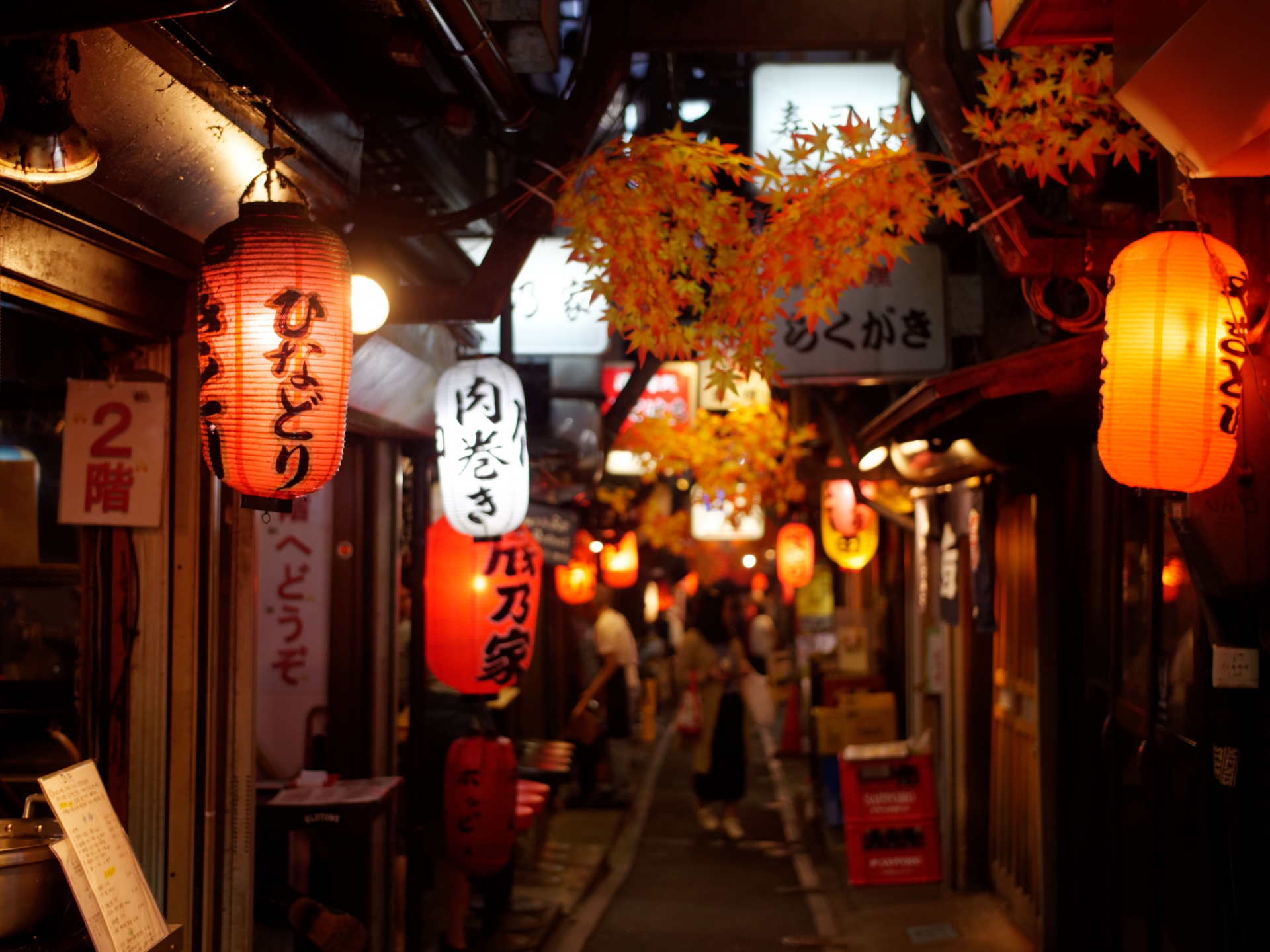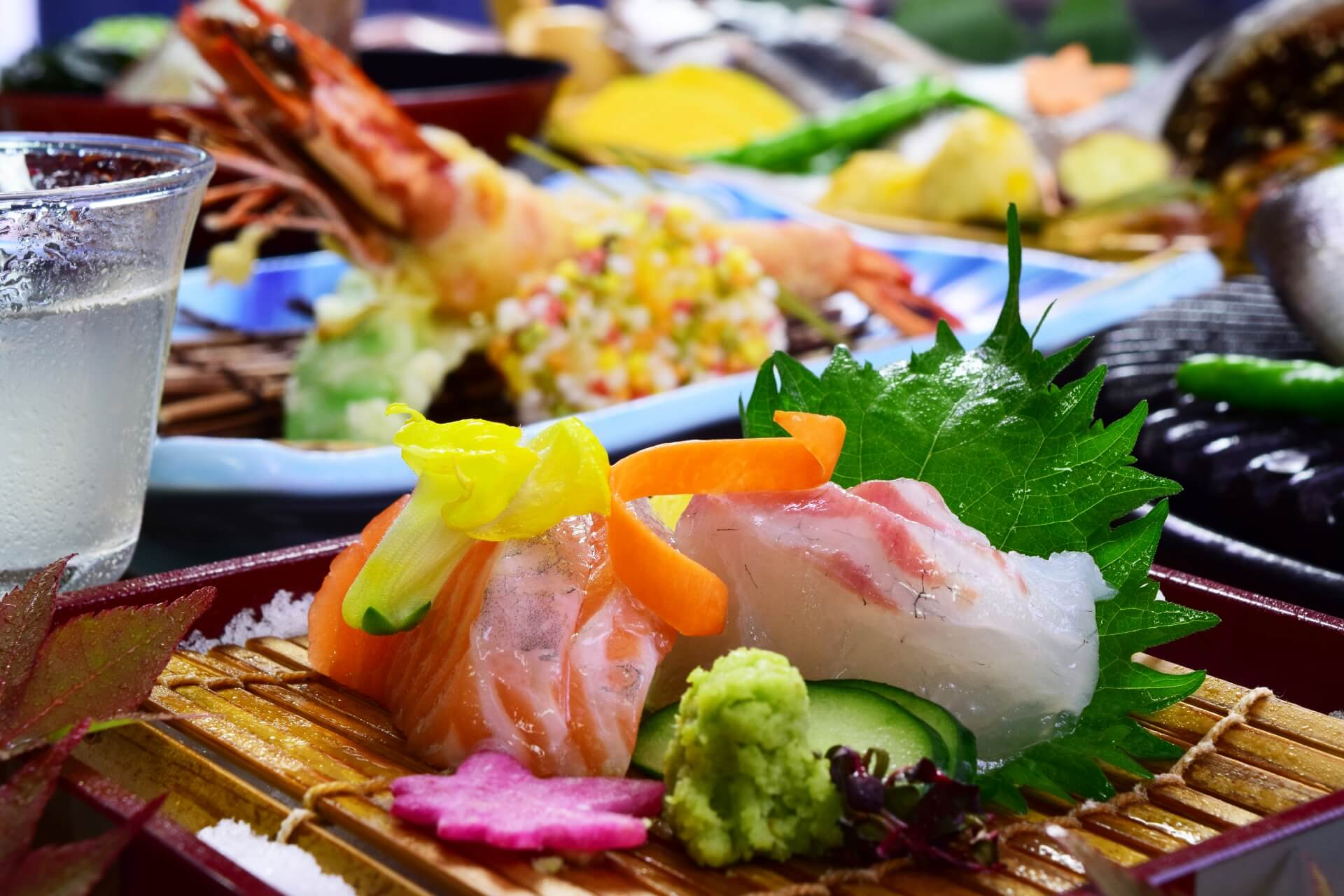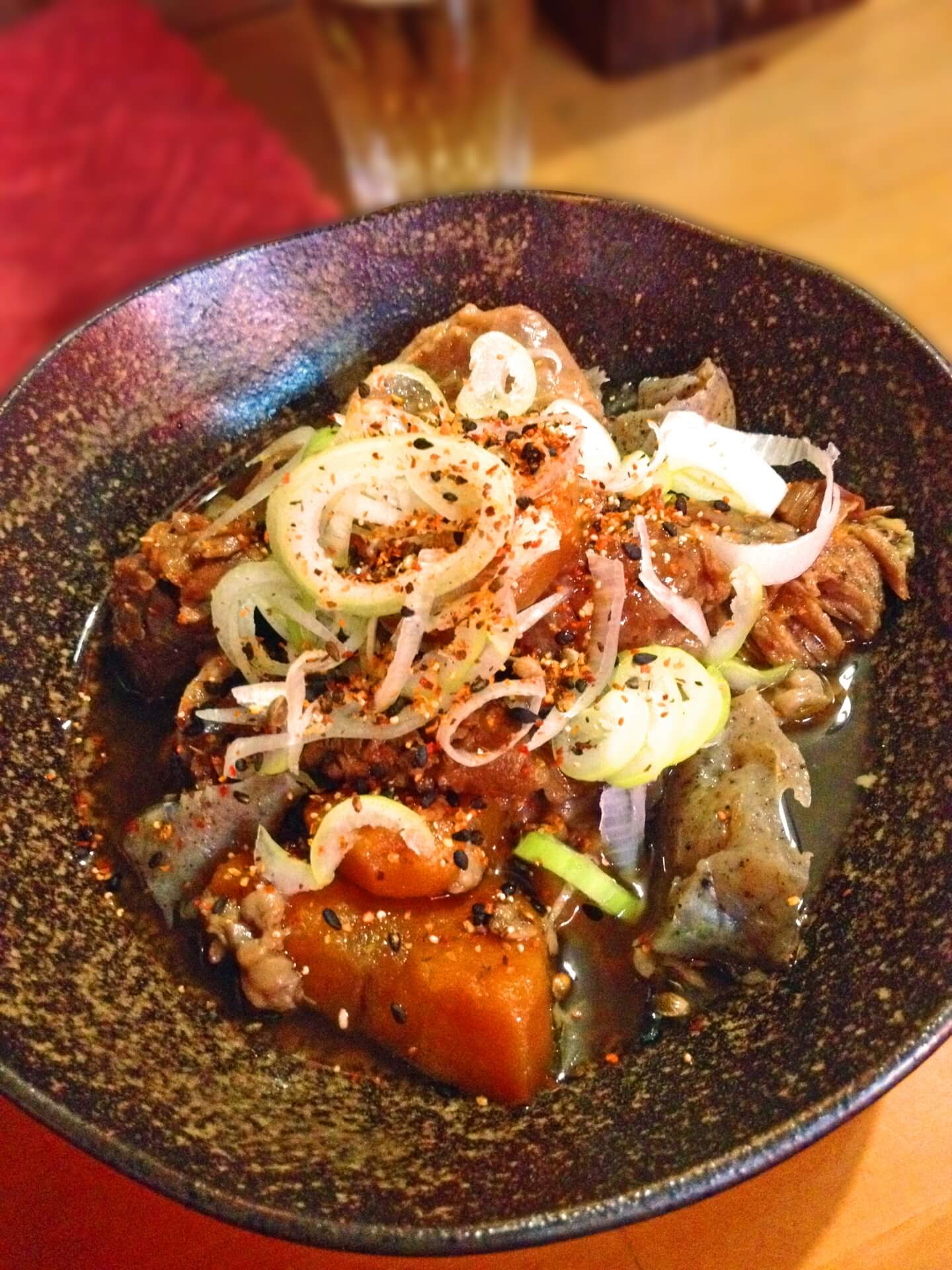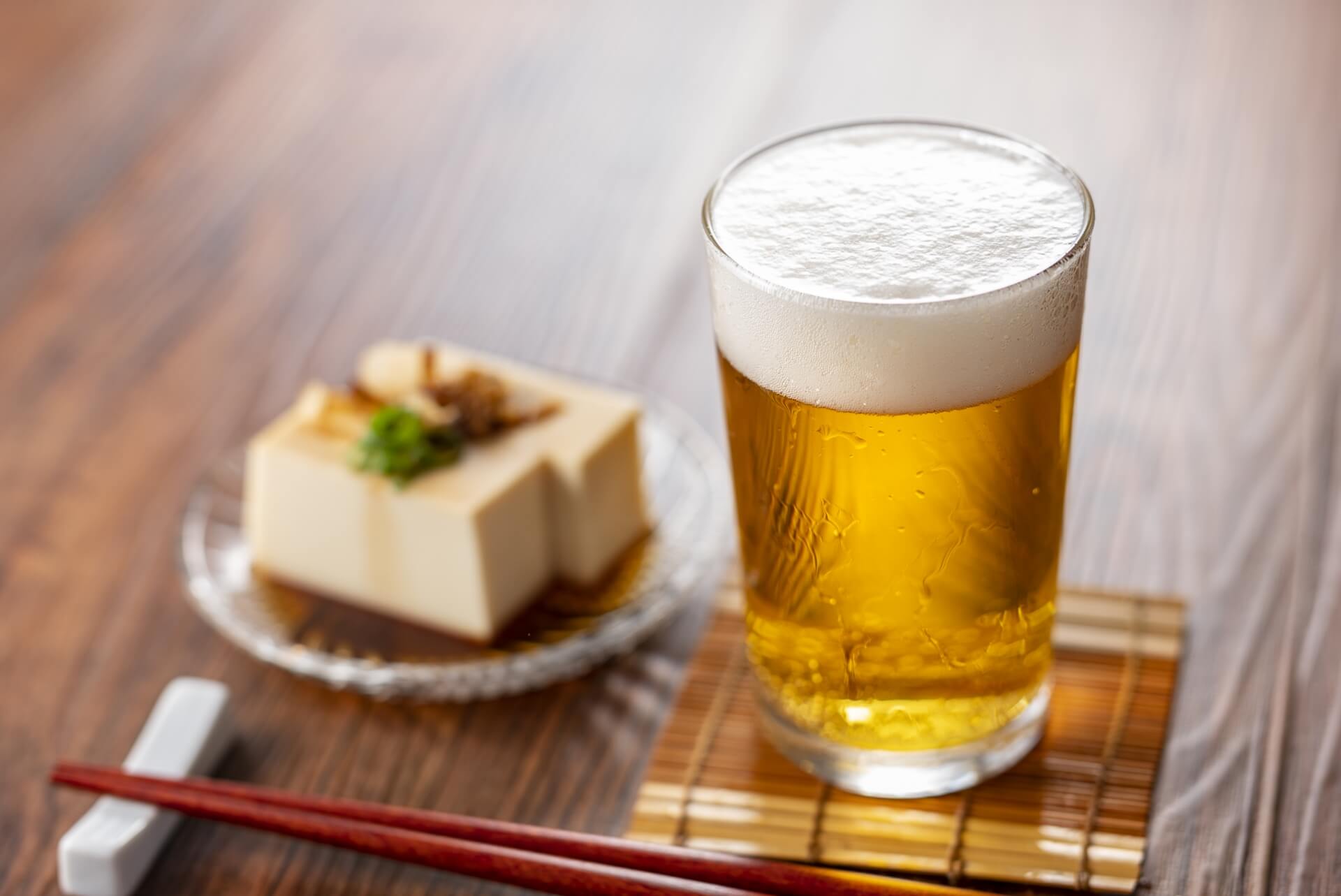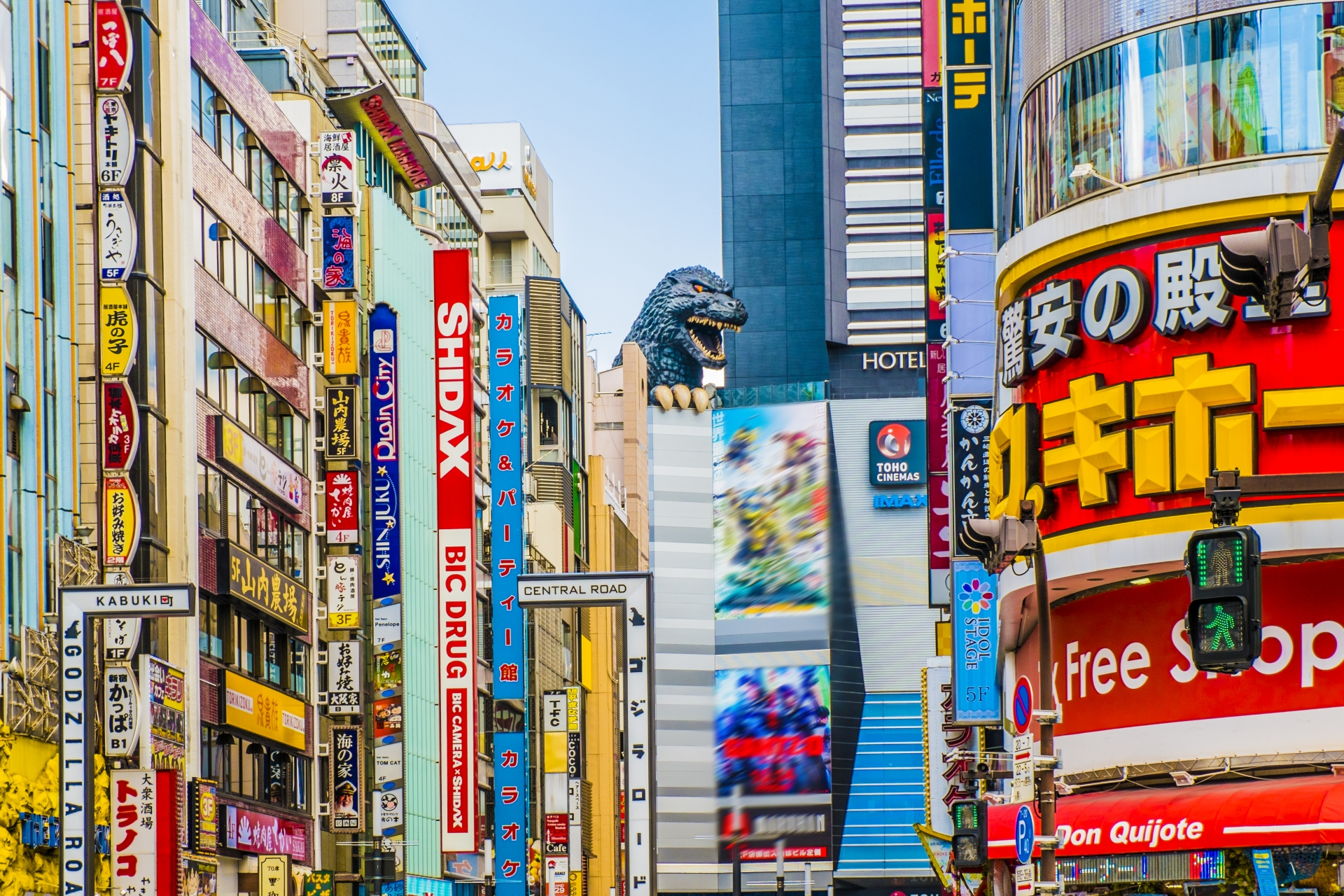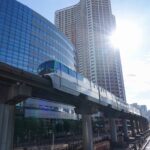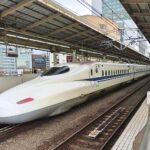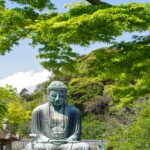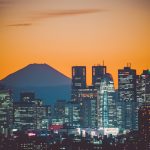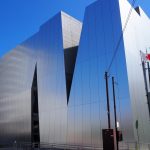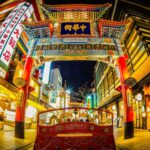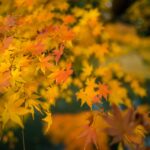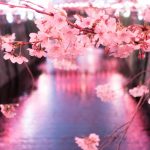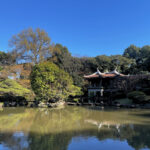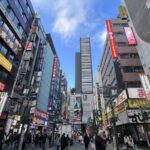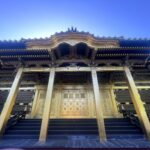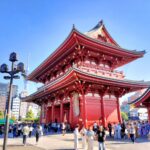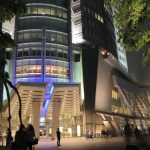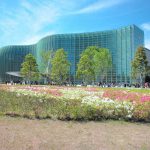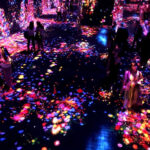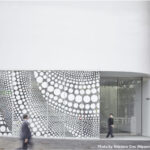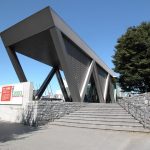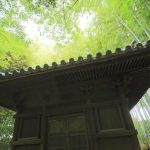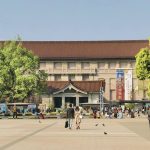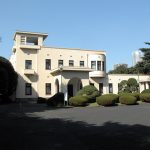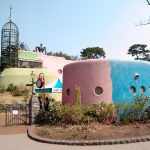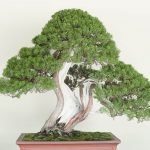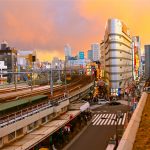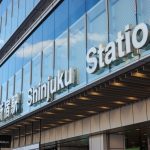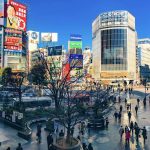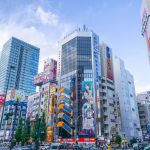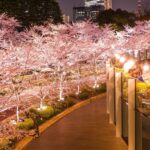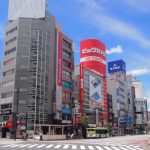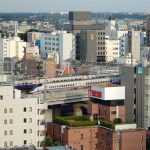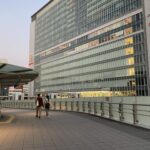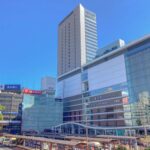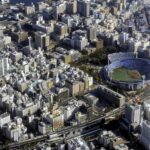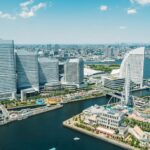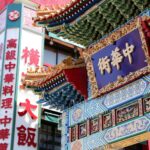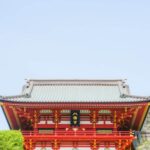10 Best Dining & Restaurant Areas in Tokyo
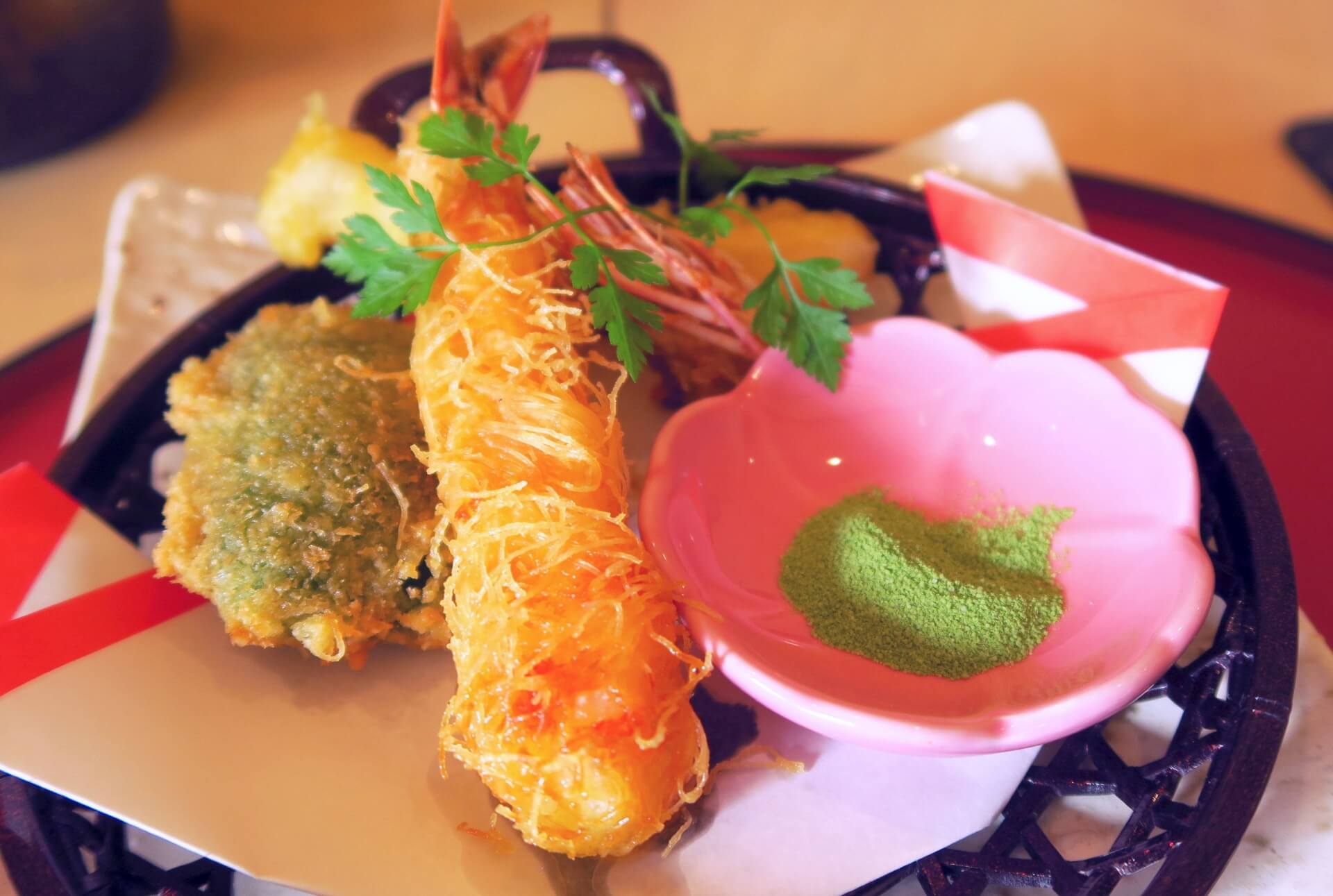
One of the world’s truly great food cities, Tokyo offers visitors astounding dining. From Michelin-starred restaurants that a near impossible to get into to chaotic and smoky eateries tucked under rattling rail lines, you’ll find indulgent and delectable treats in all corners of the capital, with a number of neighbourhoods really standing-out from the crowd. On this page you will find the following information:
— Best Dining Neighbourhoods in Tokyo
— Best Museums In & Around Tokyo
You have likely read that Tokyo has long-held the mantle, for more than 10 years, of the city with the most Michelin-starred restaurants in the world. Over 200 Tokyo restaurants currently hold a 3 to 1-star ratings with well-over another 200 awarded Bib Gourmands. The esteem of these establishments alone places Tokyo among the world’s great food cities but you have to look a little closer to see the full story and in doing so, discover that you don’t have to go famous and expensive to enjoy the culinary treats of Japan’s sprawling capital.
In truth, Tokyo is home to countless fantastic restaurants and eateries that are just as likely to be smoke-filled and tucked under a working rail line as they are on the thirtieth floor of a glittering tower. Nor to you need to break the bank to eat well in Tokyo. Like all true food cities, Tokyo offers everything from some of the world’s most eye-wateringly delectable food (and eye-wateringly high prices), to the cheap, quick and delicious served in the backstreets and busy laneways. With that in mind we’ve put together the following list of our favourite dining areas and neighbourhoods in the capital – offering something for all tastes and budgets.
BEST DINING NEIGHBOURHOODS IN TOKYO
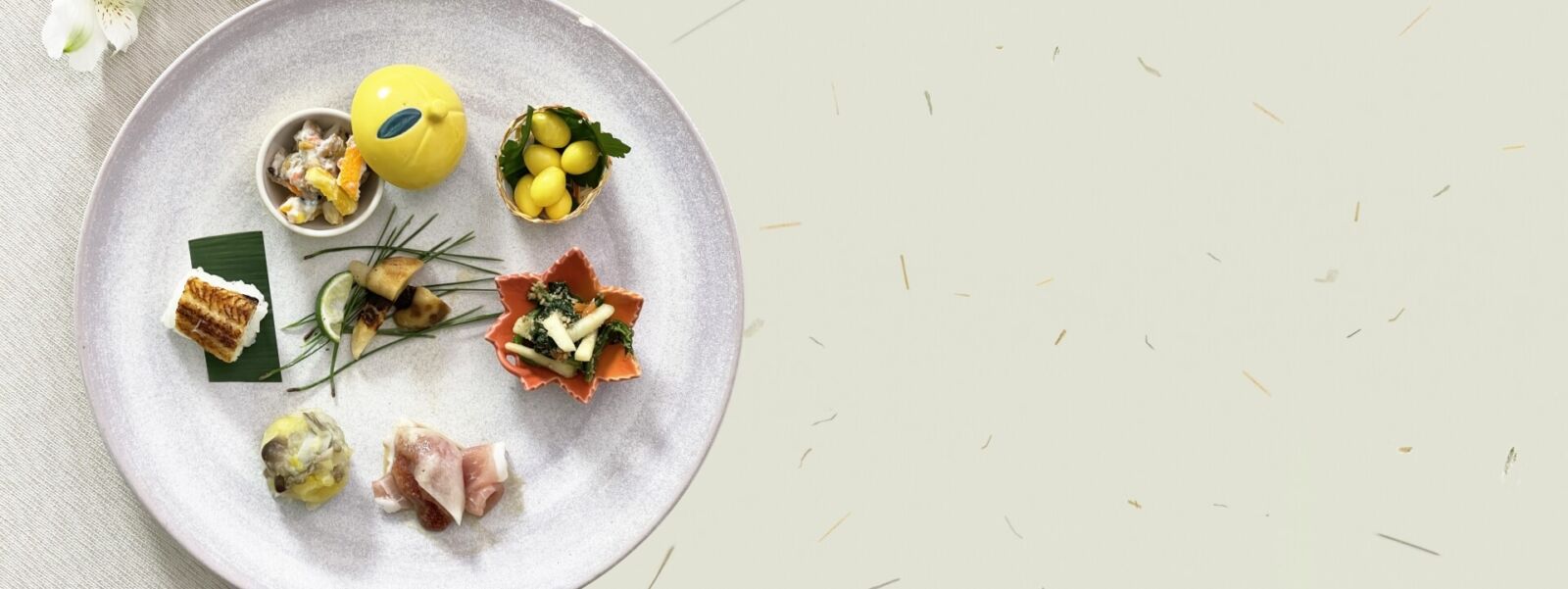
As one of the world’s great food cities, Tokyo is a true foodies dream. In a city that boasts more than 200 Michelin-stared restaurants and countless other eateries, you’ll have no problem finding fasting eating in Tokyo; so much so that listing the best restaurants in the city is something of an impossible task. There are just too many. With that in mind we’ve complied the following list of what we consider the 10 best dining areas and neighbourhoods in Tokyo including:
TOKYO STATION / MARUNOUCHI – GINZA – TSUKIJI – OMOTESANDO / AOYAMA – YOTSUYA / ARAKICHO – EBISU / DAIKANYAMA – AZABU JUBAN / NISHI-AZABU – UENO ‘AMEYOKO’ – ASAKUSA ‘HOPPY DORI’ – SHIN-OKUBO ‘KOREA TOWN’
By no means to the neighbourhoods on this page account for all of Tokyo’s dining areas but in heading to them, you’ll find plenty of fantastic options ranging for the high-end and expensive to delicious and cheap street food and everything in-between. Any food journey in Tokyo has to begin with ‘washoku’ (Japanese food) while also exploring is astounding ‘yoshoku’ (Western food) and cuisine from all over the world starting in:
TOKYO STATION / MARUNOUCHI
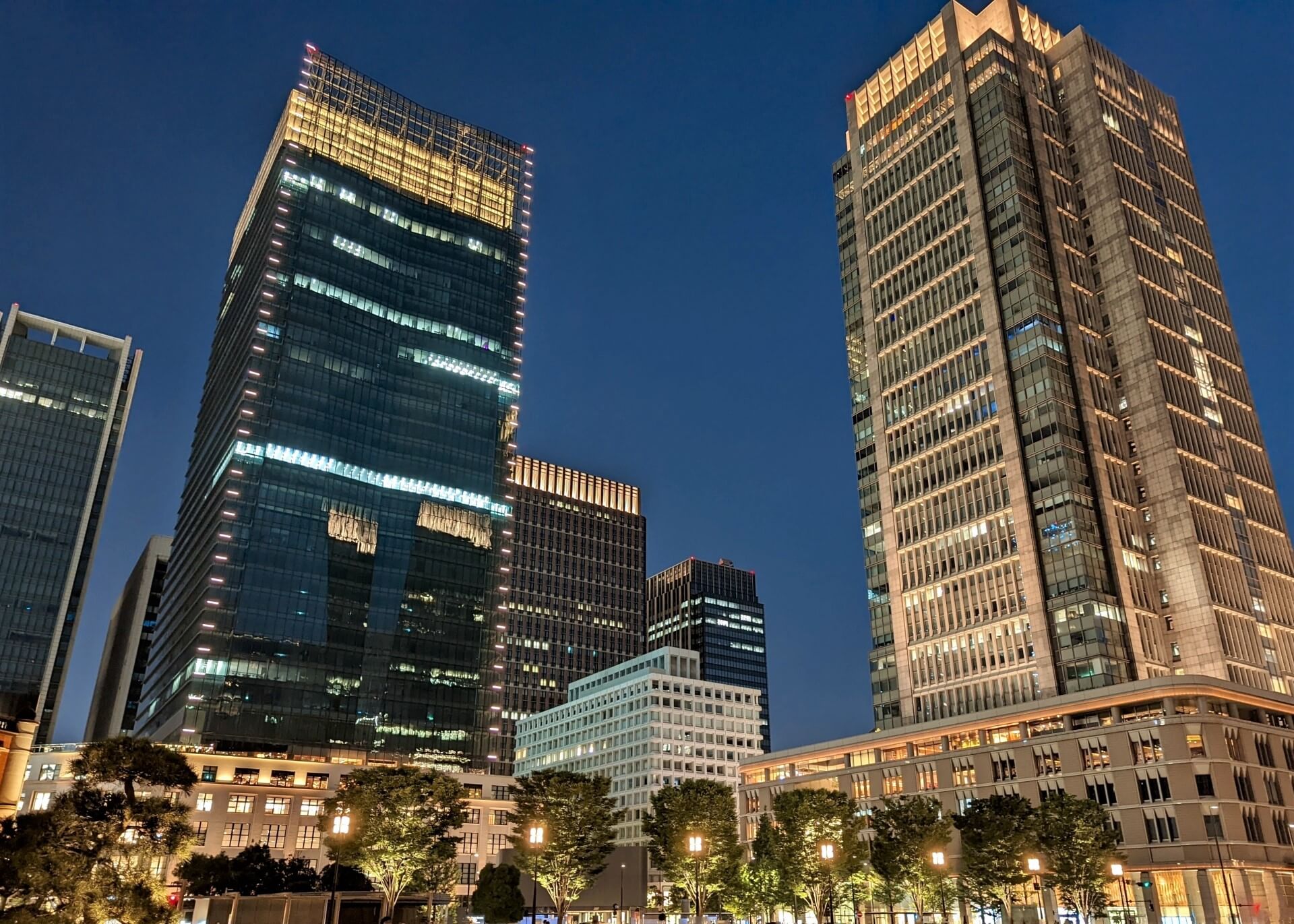
Tokyo Station is one of the capitals major hub stations and acts as the terminus for multiple Shinkansen / ‘Bullet Train’ lines. As such, most international visitors will pass through the station while in Tokyo and enroute to some of the capitals most popular attractions including the nearby Imperial Palace. In-between the station and expansive grounds of the palace – less than a 10 minute walk – the Marunouchi precinct is one of Tokyo’s main business, finance, shopping and dining locales. Conveniently for international visitors, many high-end restaurants are grouped together in the buildings of Marunouchi with many staffed by English-speakers or at least offering English menus. Restaurants with a view over Tokyo Station can be found on 6F of the Marunouchi Building while excellent high-end restaurants are located on 35F and 36F.
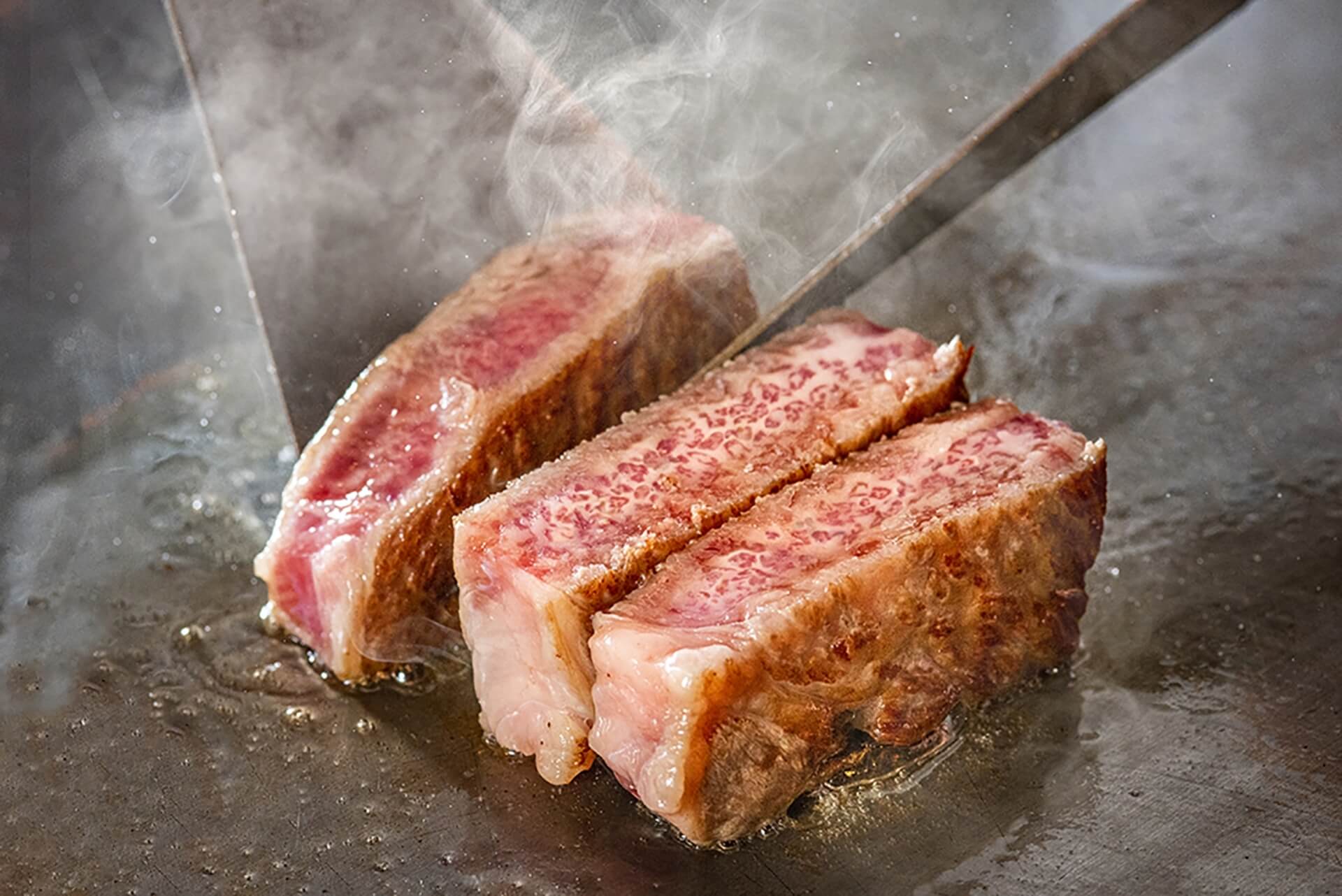
All manner of cuisine is available starting with Japanese and plenty of international flavour including Korean, Thai, Vietnamese, Spanish, Italian, French, Brazilian and more. The nearby Shin-Marunouchi Building also offers an excellent range of restaurants while the subterranean network of walkways connecting these and other buildings to Tokyo Station is lined with stores, restaurants, cafes and other eateries. Many offer excellent dining without the hefty price tag of the renowned (and above ground) restaurants of Marunouchi and nearby Ginza. For restaurant listings, see TripAdvisor’s ‘Restaurants in Marunouchi’ page.
GINZA
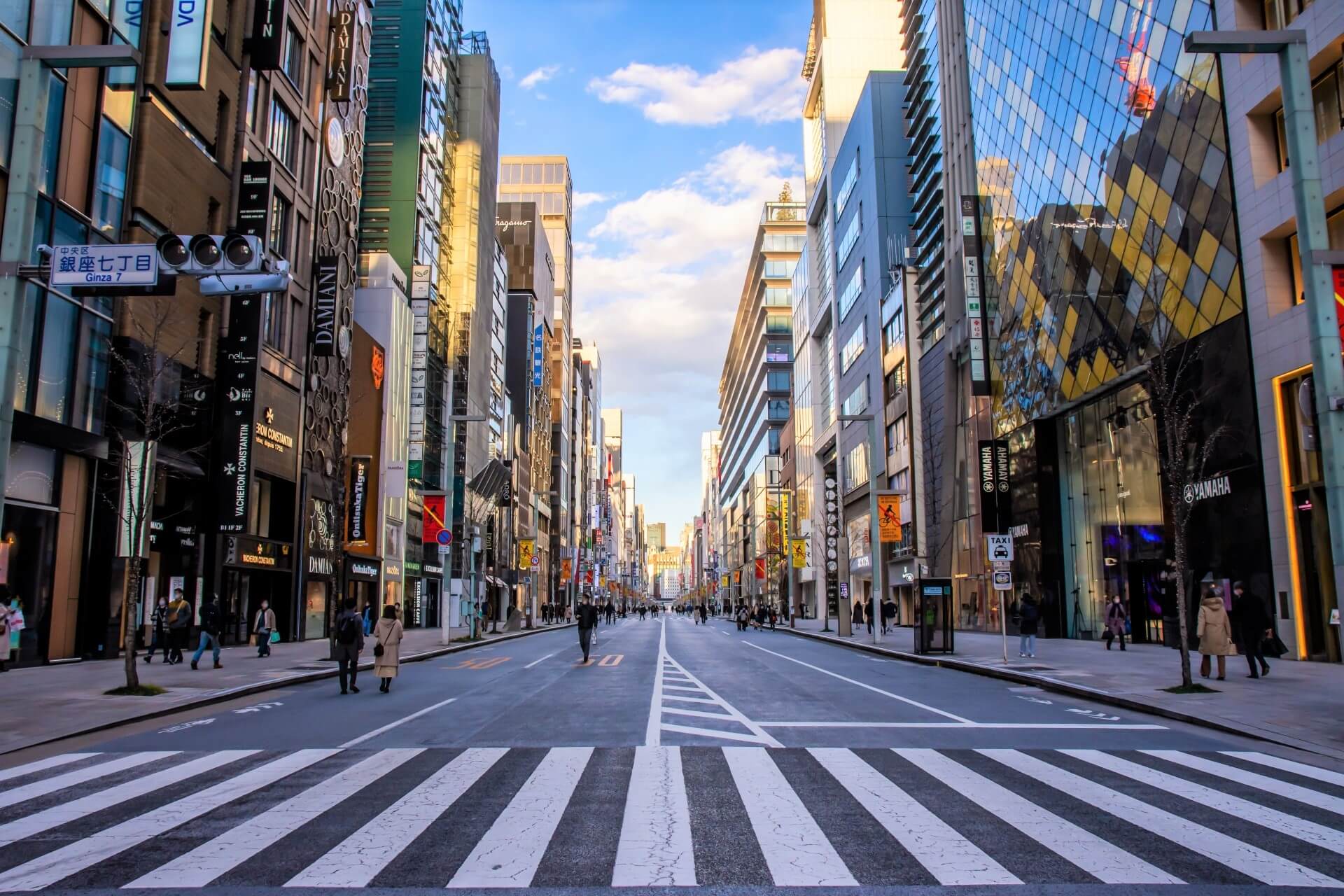
Boasting luxury brand boutiques, renowned department stores and some of Tokyo’s best restaurants, Ginza is all about the high-end. There are numerous eateries to choose from including multiple Michelin-starred restaurants specialising in traditional ‘kaiseki’ (multi-course), ‘sushi’, ‘yakitori’ and ‘tempura’. These include Ginza Kojyu and Ginza Ichigo (kaiseki), Sushi Yoshitake and Sukibashi Jiro (sushi), Bird Land Ginza (yakitori) and Tempura Kondo (tempura). It goes without saying that all of those restaurants require a booking and you will likely need to do so well in advance.
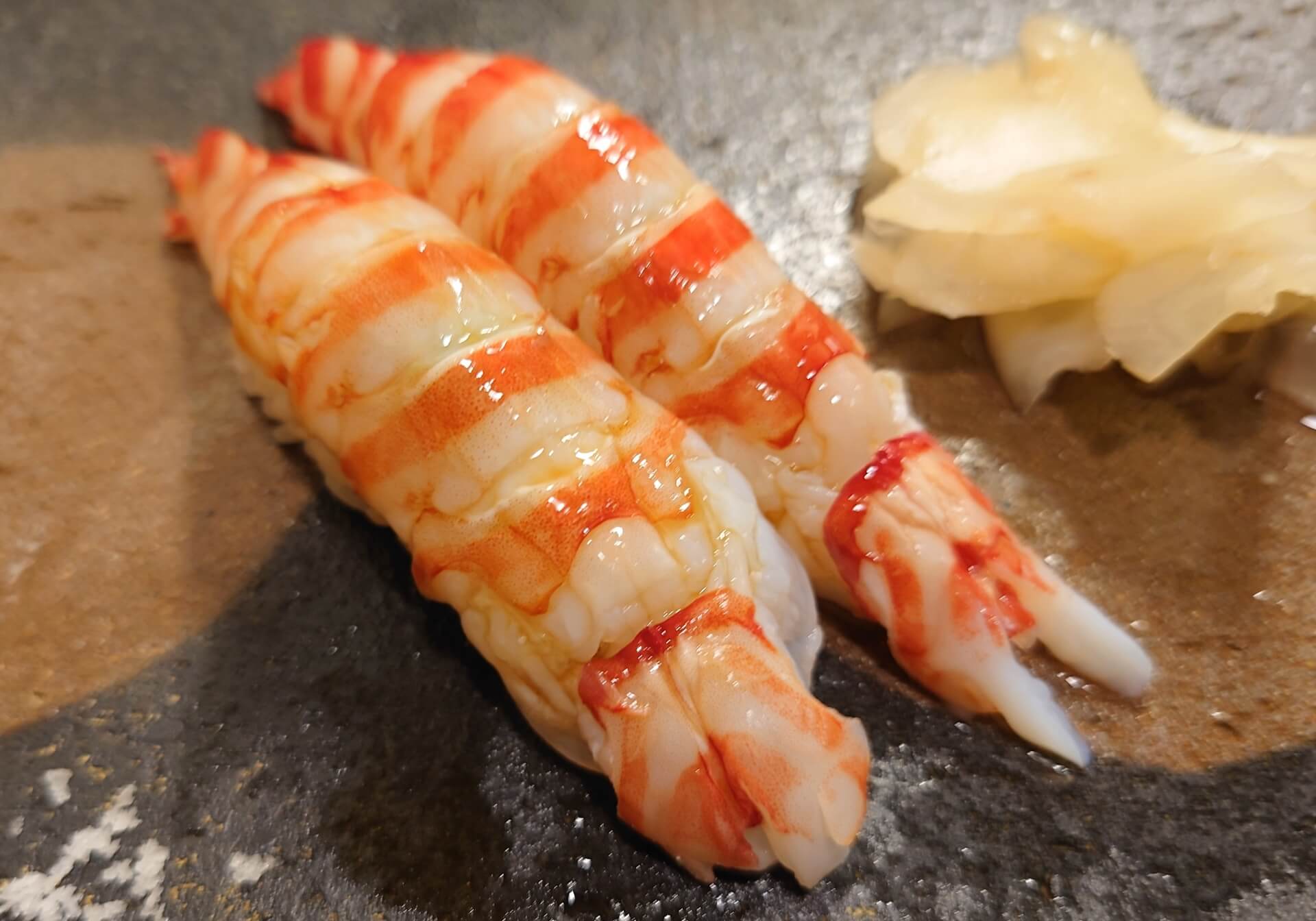
Ginza offers an array of high-end eateries specialising in both Japanese and international cuisine. Given its proximity of Tsukiji – the location of the Tokyo’s former wholesale seafood market – many restaurants serve some of the capital’s best sushi and other seafood; while down on the street, you’ll find some of its most atmospheric eateries along the ‘Ginza Corridor’. Running around 400 metres beneath the elevated rail line between Shimbashi Station and Yurakucho Station, the restaurants of the Ginza Corridor serve both Japanese and international cuisine.
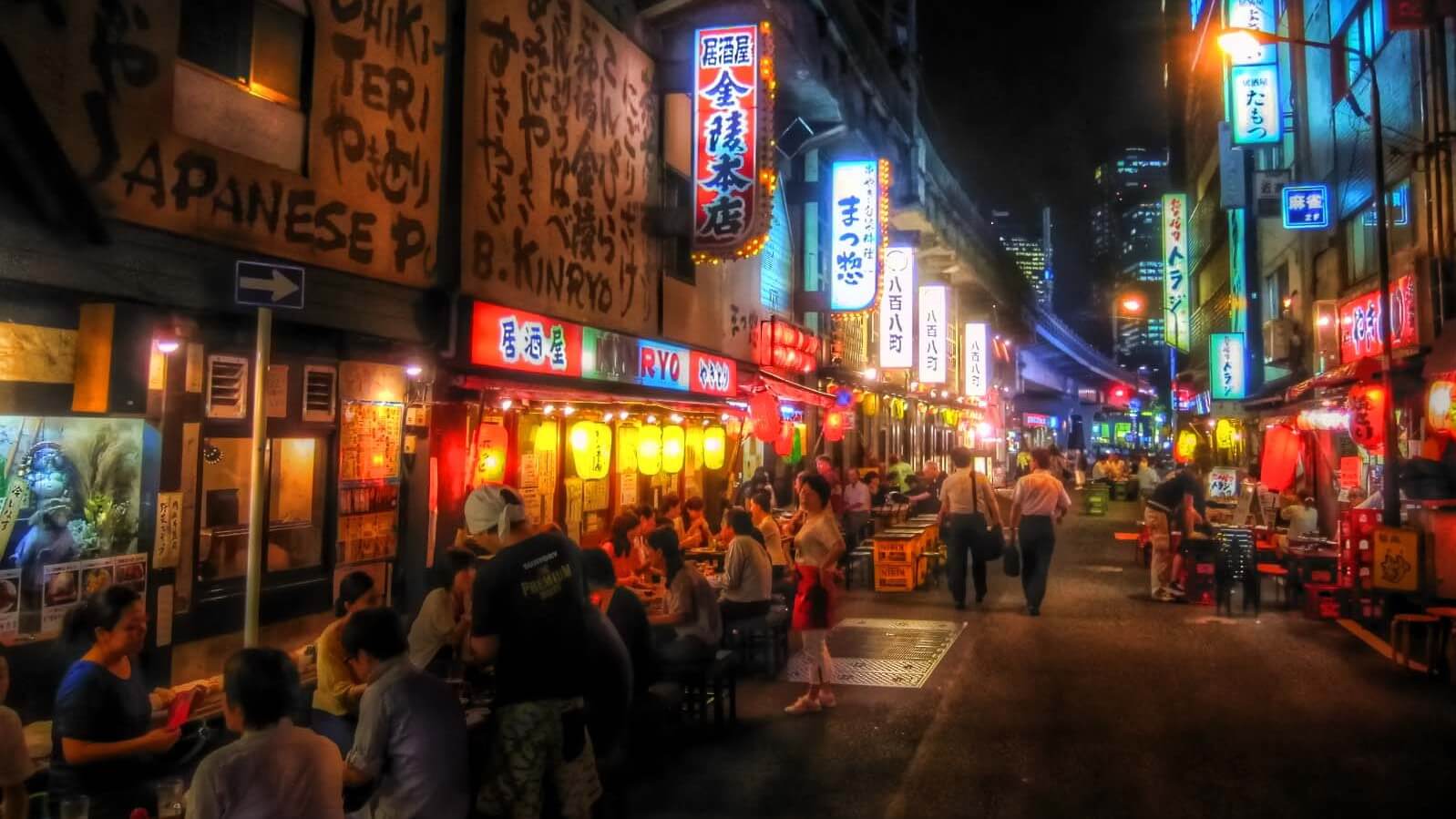
You’ll find all manner of food from around the world here including Chinese, Brazilian, French, Spanish, Italian and more – combining to offer an enjoyable alternative to the high-end to Michelin-starred restaurants of Ginza. Equally well-known, the area under the elevated tracks around Yurakucho Station offers lots of cheap and good ‘izakaya’ serving all the usual favourites and typically draw a mixed and lively crowd. For restaurant listings, see TripAdvisor’s ‘Restaurants in Ginza’ page.
TSUKIJI
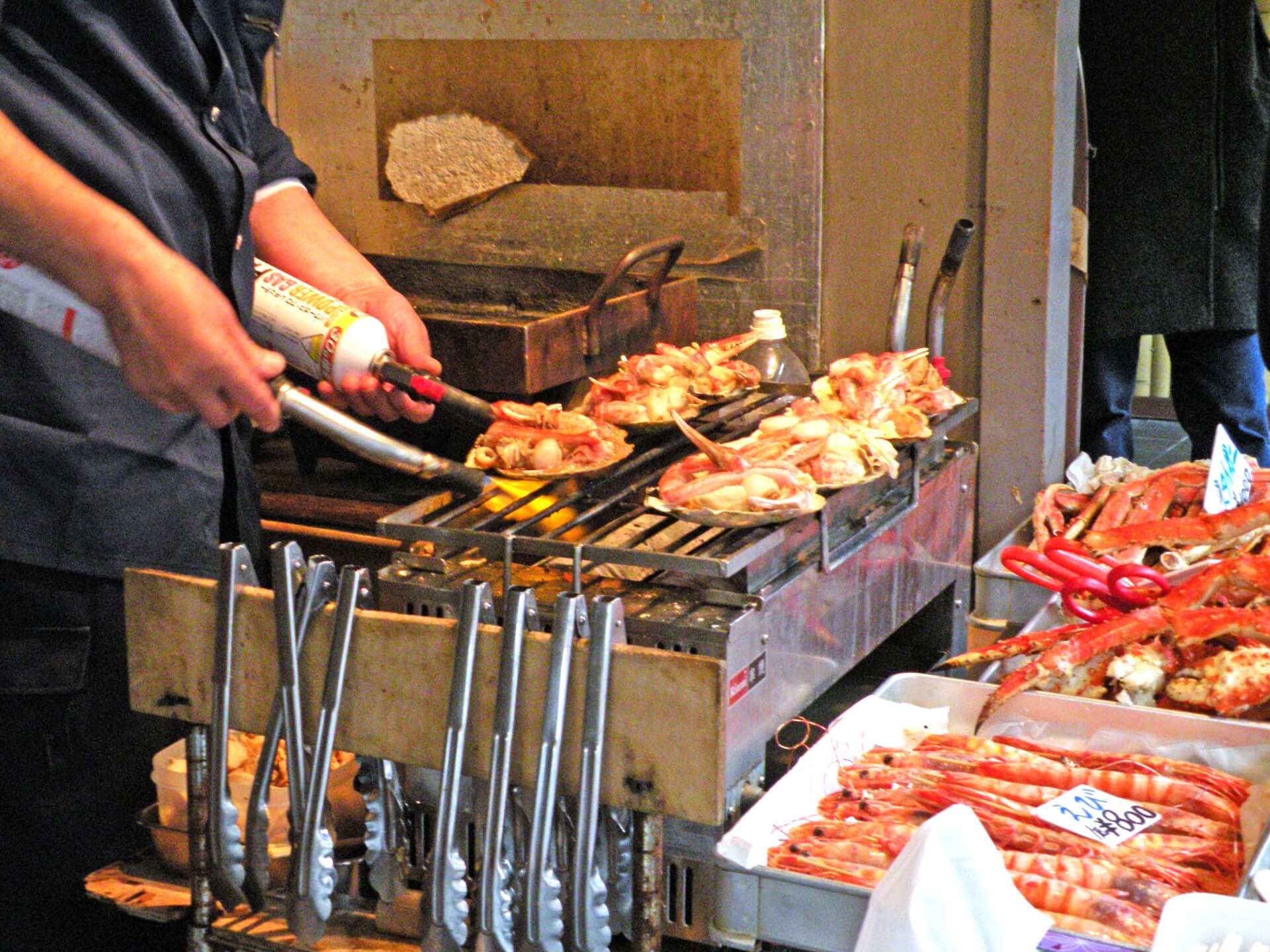
Once home to Tokyo’s legendary wholesale Tsukiji ‘Inner Market’ – relocated 4km to the southeast and reopened as ‘Toyosu Market’ in 2018 – the Tsukiji ‘Outer Market’ continues to operate, hosting hundreds of restaurants and vendors offering some of Japan’s best seafood. The area is small, crowded and a highlight for any foodie headed to Tokyo. Fish is delivered to the restaurants and stores directly from Toyosu Market, with most operating from as early at 05:00 until around noon or into the early afternoon as late as 14:00. Many restaurants are therefore closed on the days that Toyosu Market is not operating – Sundays, public holidays and some Wednesdays. The market is located only 5 minutes walk from Tsukiji Station.
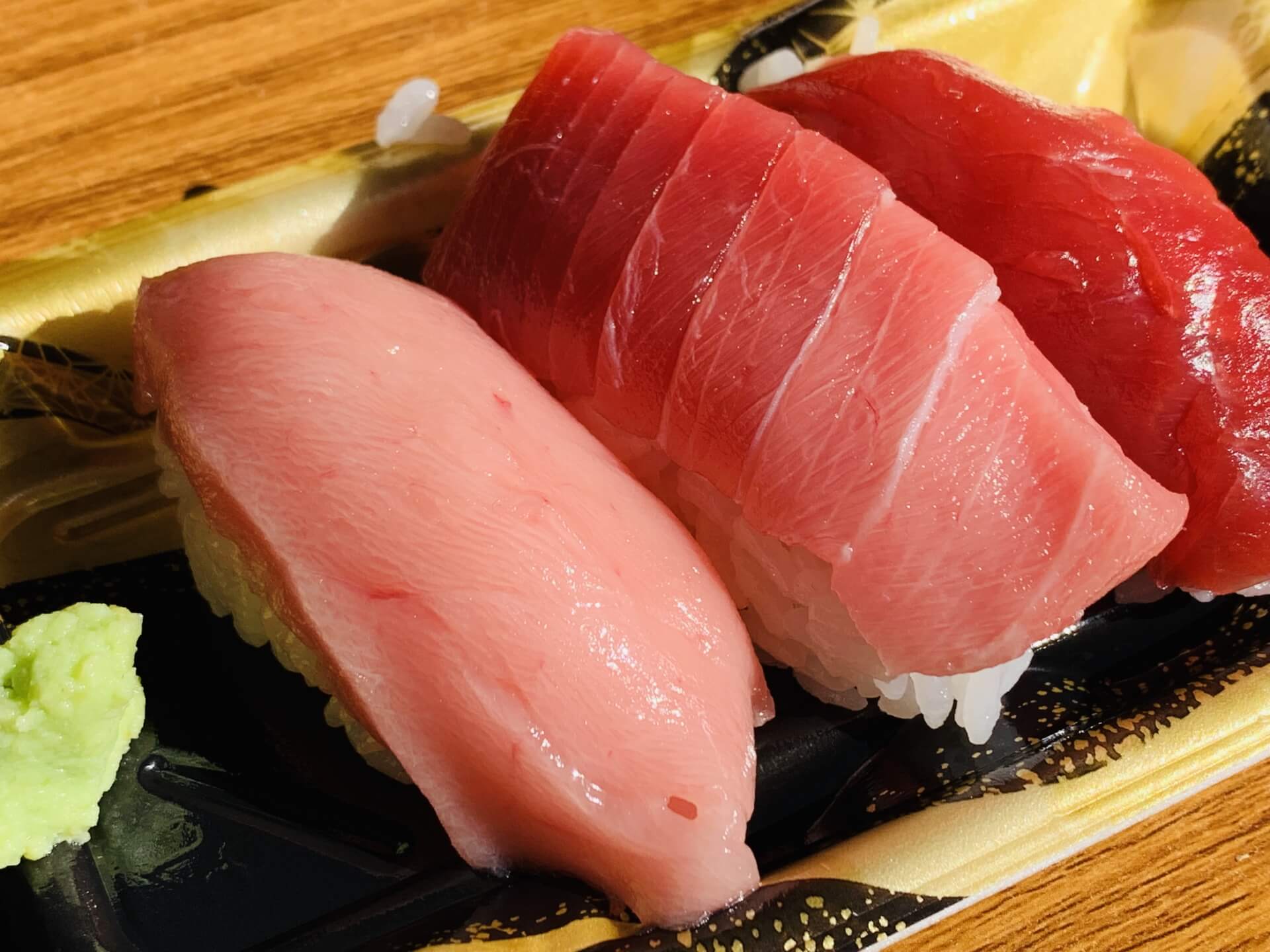
For any traveller wanting to visit Toyosu Market, the large modern complex is located only a short walk from Shijo-mae Station. It operates from 05:00 and 15:00 and admission is free. Most famous for its morning tuna auction, the general public cannot access the sales halls but can observe the goings-on for observation windows with restaurants also serving delectable, freshly-caught seafood. For restaurant listings, see TripAdvisor’s ‘Restaurants in Tsukiji’ page.
OMOTESANDO / AOYAMA
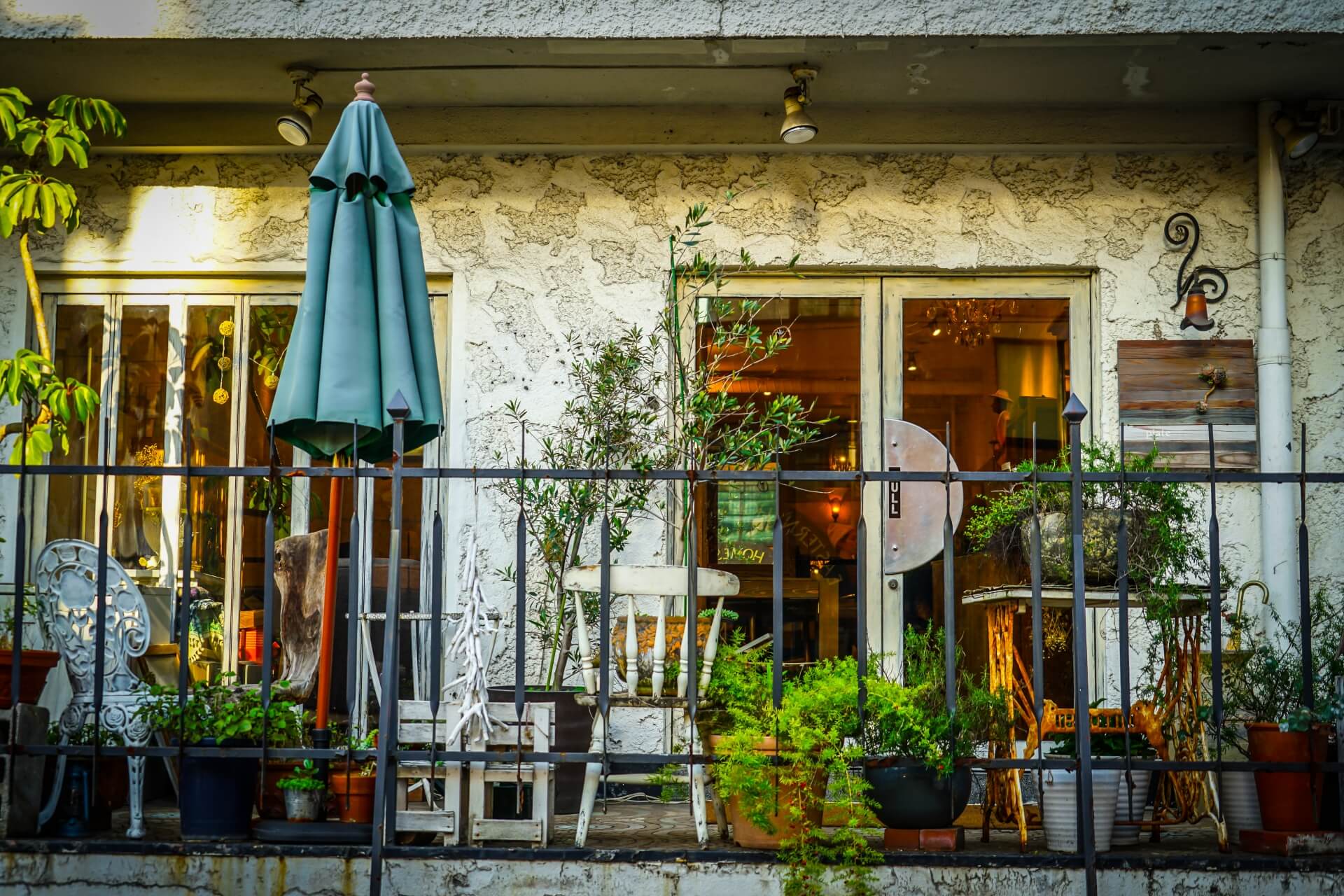
Omotesando is one of Tokyo’s most stylish neighbourhoods, known for its luxury and on-trend shopping, independent designer boutiques, day spas, cafes, bars and restaurants. Bookended by the much-loved (or much-loathed) Harajuku and upmarket Aoyama, Omotesando is frequented by the most fashionable Tokyoites who flock to the area to shop, dine, be seen or simply people watch.
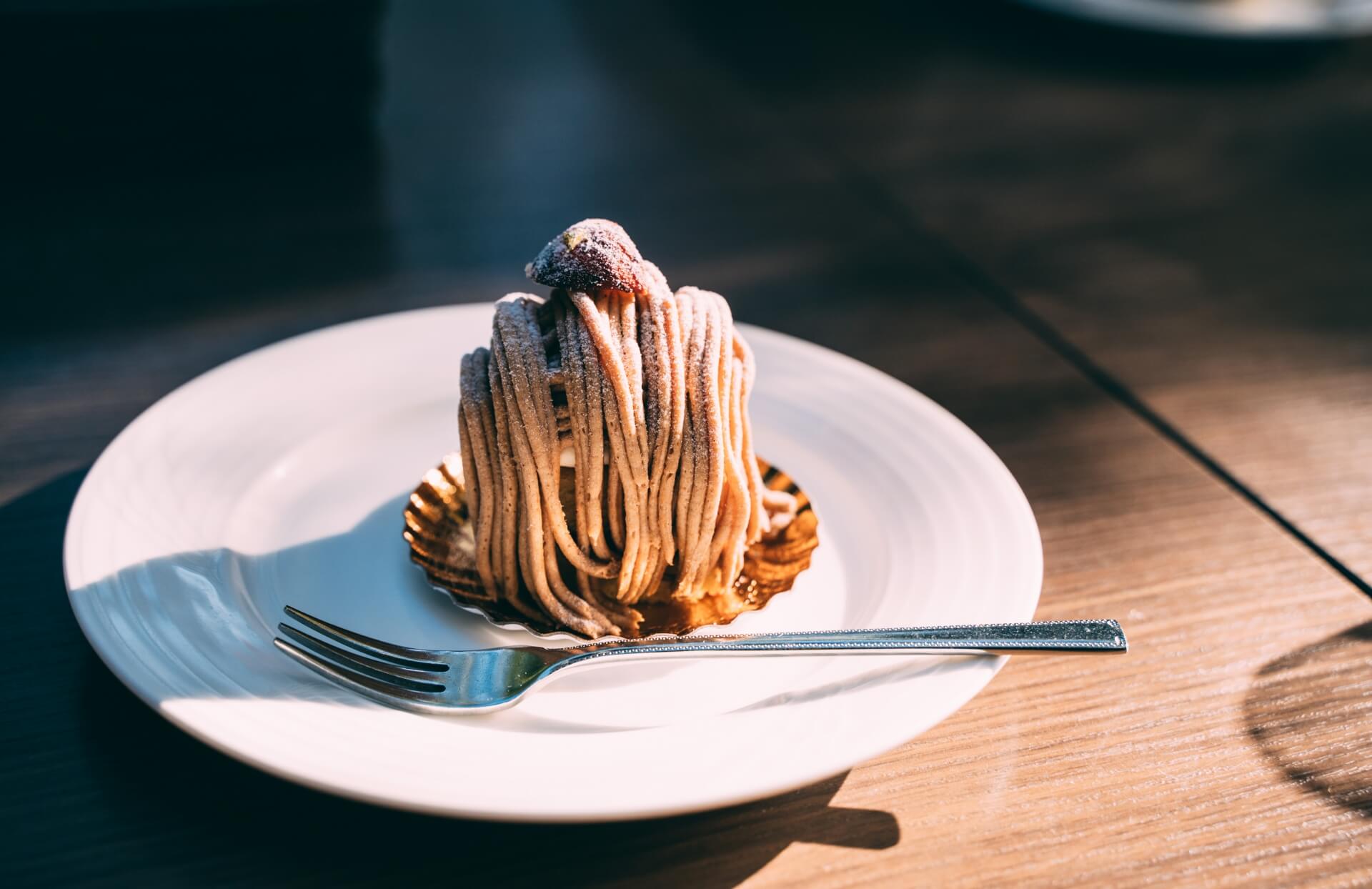
Starting on Omotesando’s long tree-lined boulevard you’ll find brand stores for many international and Japanese fashion houses along with the large Omotesando Hills shopping complex. Housing restaurants serving Japanese and a range of international cuisine, operating hours vary but are usually from 11:00 until 22:30. Moving away from the main boulevard and into the side streets of Omotesando and onto Aoyama, you’ll discover plenty of excellent eateries including hip little cafes, casual dining and hidden bars. This is great foodies neighbourhood for anyone wanting to enjoy al fresco and casual dining along with some of Tokyo’s best coffee and teahouses including the always popular Aoyama Flower Market Tea House. For restaurant listings, see TripAdvisor’s ‘Restaurants in Shibuya’ page and use the ‘View Map’ function to look to the north-east of Shibuya Station for eateries in Omotesando and Aoyama.
YOTSUYA / ARAKICHO
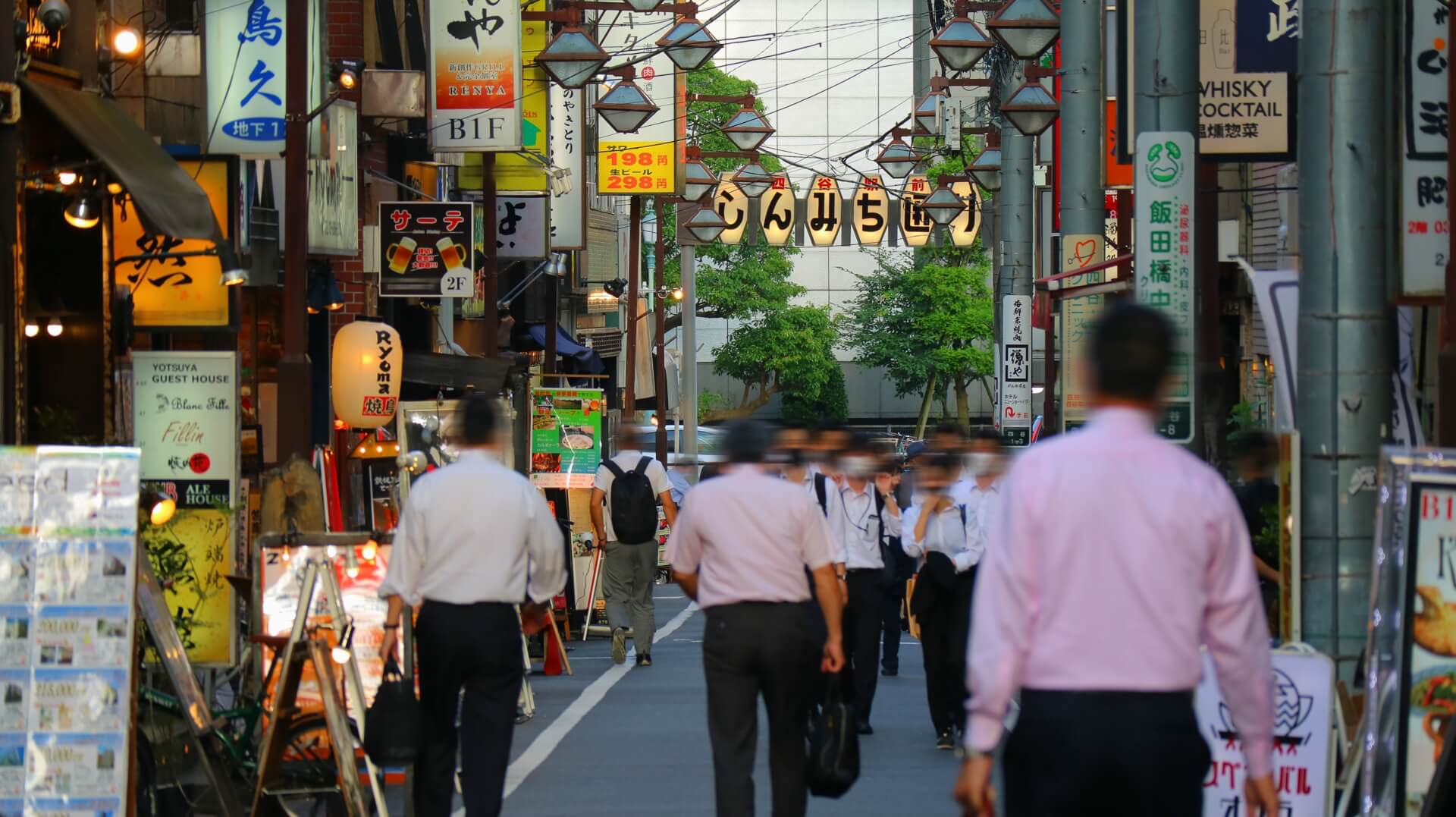
The former ‘geisha’ district of Yotsuya Arakicho is one of Tokyo’s best food neighbourhoods. A quaint area of cobble-stone laneways, Yotsuya offers foodies an excellent range of restaurants and bars. The area offers everything from Michelin-starred and BIB Gourmand restaurants including Odenya Den (oden), Kaiseki Ohara (kaiseki), Shuko Takigiya (izakaya), You-en (Chinese) and many more great ‘izakaya’, bars and ‘yoshoku’ (Western) restaurants.
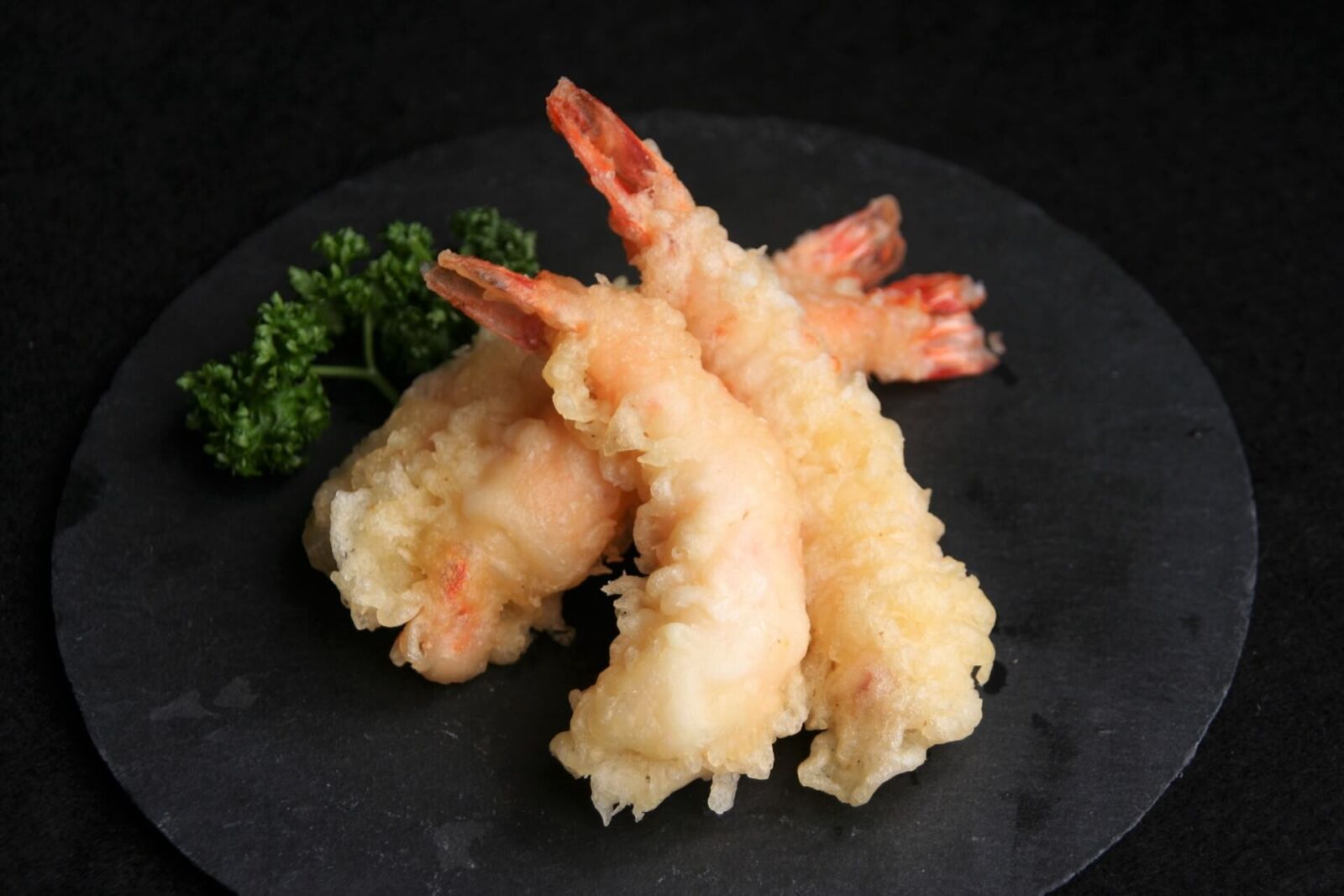
The area is easily accessed via Akebonobashi Station and Yotsuya-Sanchome Station and popular with the after work business crowd so bookings are typically essential at the most renowned eateries. For restaurant listings, see TripAdvisor’s ‘Restaurants in Yotsuya’ page.
EBISU / DAIKANYAMA
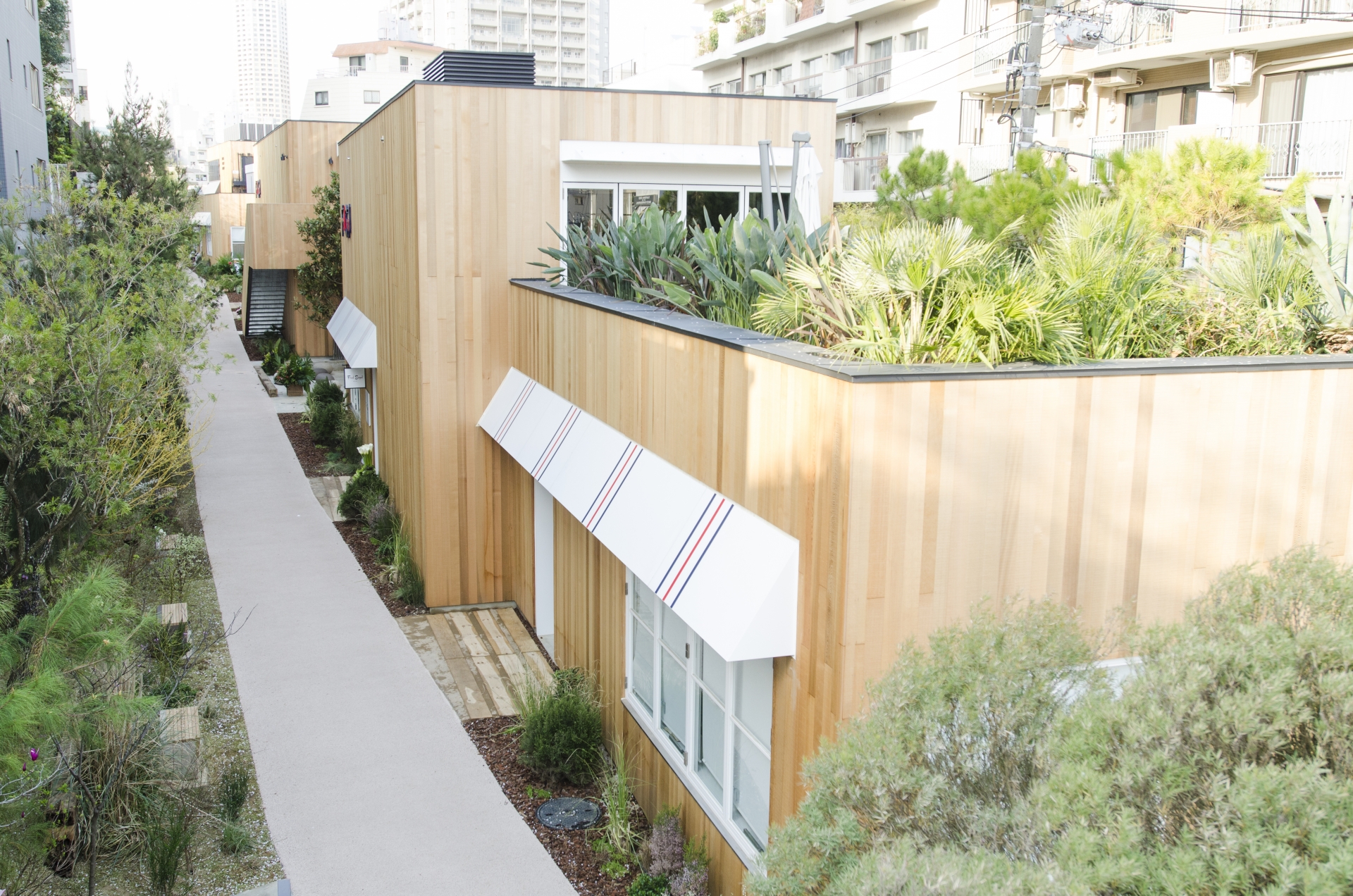
Located just one station to the south of the bustling centre of Shibuya, Ebisu is another upscale Tokyo neighbourhood offering plenty of great dining. A popular residential area, the restaurants of Ebisu cater to a cosmopolitan and professional crowd. Home of lively ‘izakaya’, Japanese and international restaurants and plenty of bars. Anyone looking for a ‘ramen’ hit should head to Ebisu’s always popular Afuri while nearby Buri is one of its most famous ‘tachinomiya’ (standing bars) and extensive ‘sake’ list.
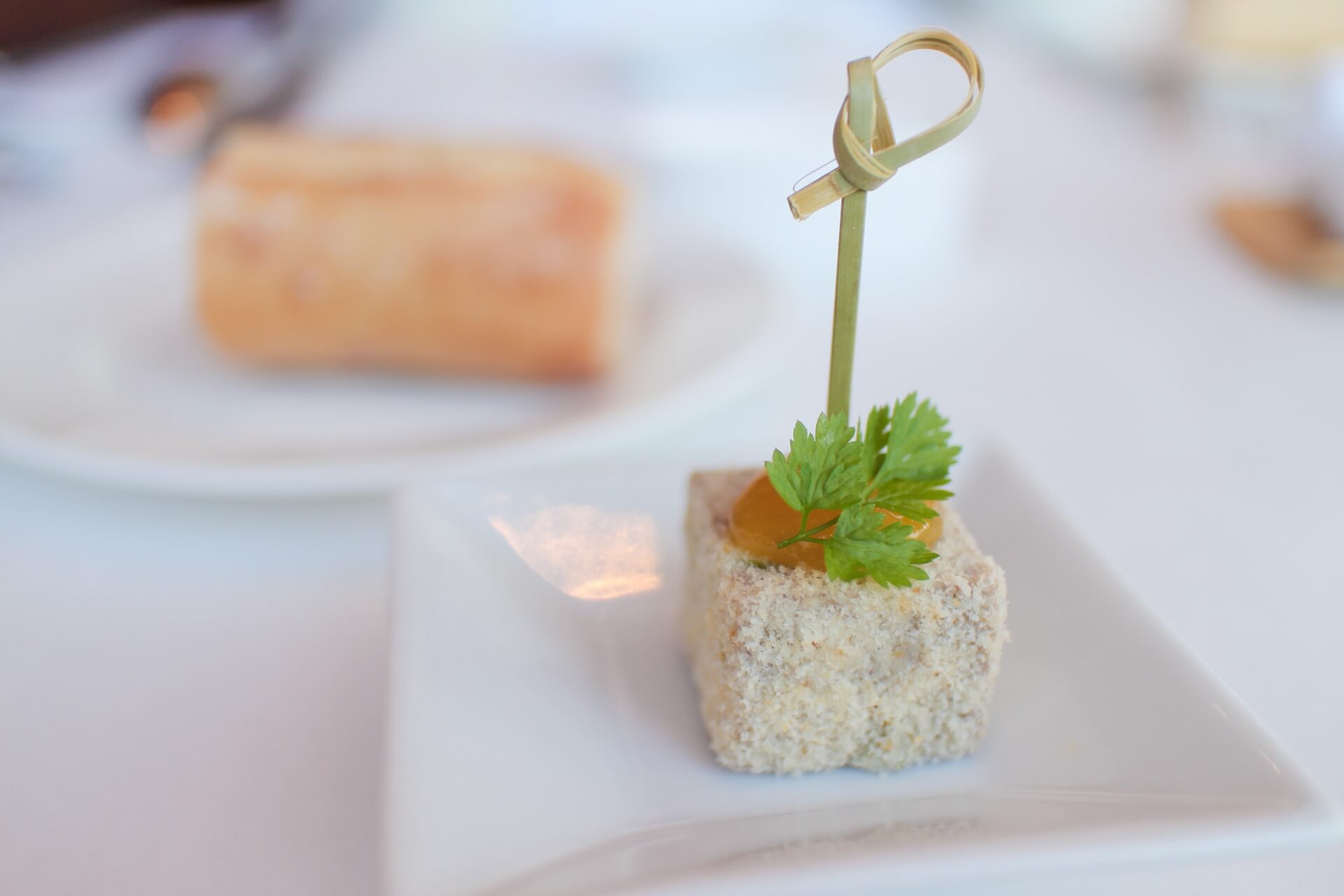
Within walking distance of Ebisu, Daikanyama is yet another fashionable area of Tokyo. Offering brand and boutique shopping, Tokyo’s largest bookstore and some of the capital’s best cafes and lunch restaurants, Daikanyama is a great area to explore on-foot as new venues are popping-up all the time. Often over-looked by international visitors but well-known to Tokyoites, Daikanyama should not be missed and in our opinion, is a much more enjoyable area to explore than nearby Shibuya. For restaurant listings, see TripAdvisor’s ‘Restaurants in Ebisu’ page.
AZABU JUBAN / NISHI-AZABU
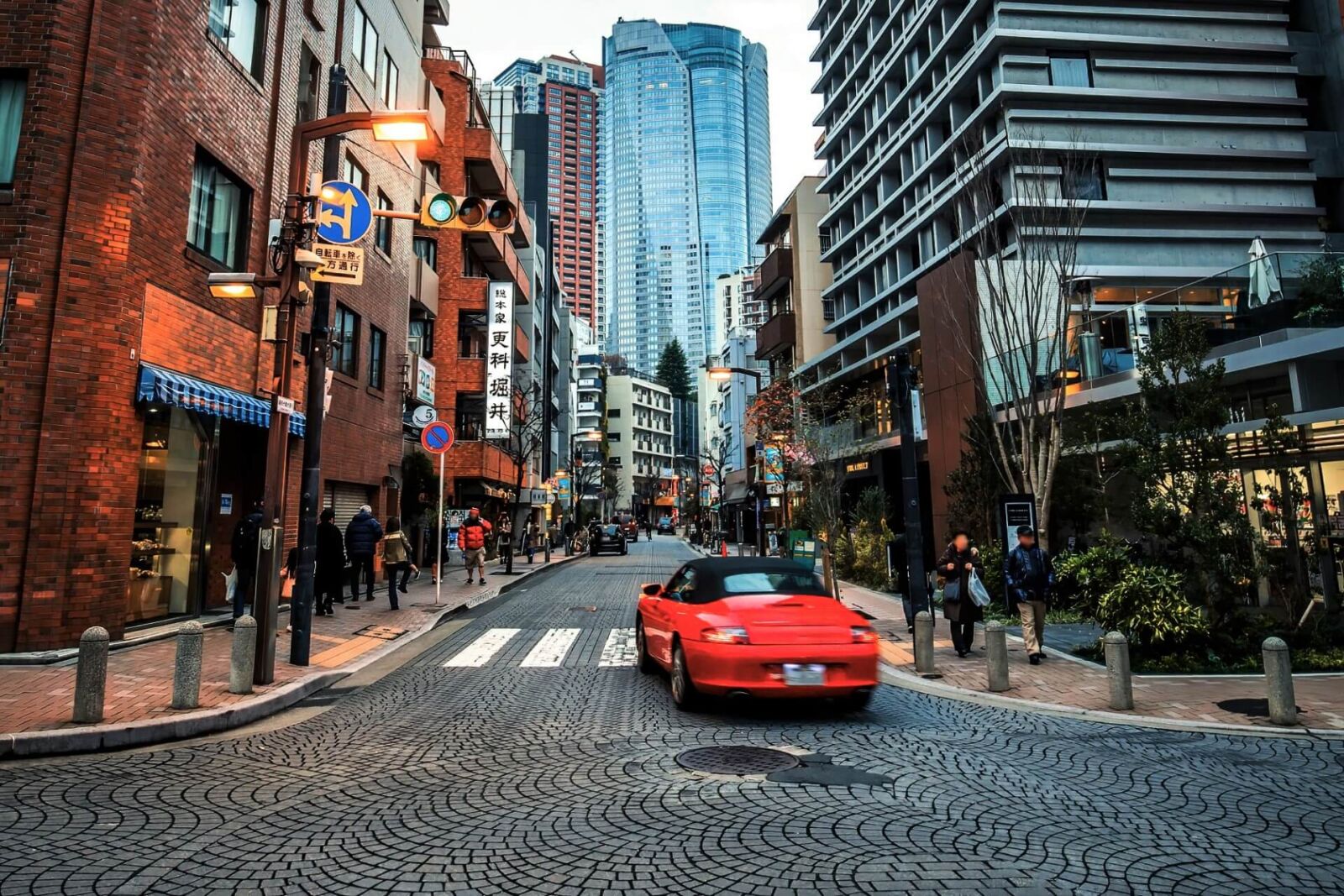
Azabu is an upscale and cosmopolitan district that includes the the always popular Roppongi – a popular residential and entertainment area for expats in Tokyo – along with the adjoining neighbourhoods of Azabu Juban, Nishi-Azabu and other chic areas. Azabu Juban and Nishi-Azabu offer yet more fantastic restaurants including traditional ‘kaiseki’ menus, ‘izakaya’, ‘yakitori’, ‘soba’ (buckwheat noodles), ‘oden’ (Japanese stew), ‘tonkatsu’ (fried pork cutlet) and street vendors selling all the usual favourites such as ‘taiyaki’ (fish-shaped pancakes), ‘senbei’ (rice crackers), ‘karinto’ (a fried sweet snack) and ‘korokke’ (potato croquette). The Michelin-starred Azabu Kadowaki (3-star) and Azabu Rokkaku (1-star) and Azabu Ichigo (1-star) are all located in this area, which is also home to some excellent non-Japanese restaurants including Italian and French bistros and even New York bagels.
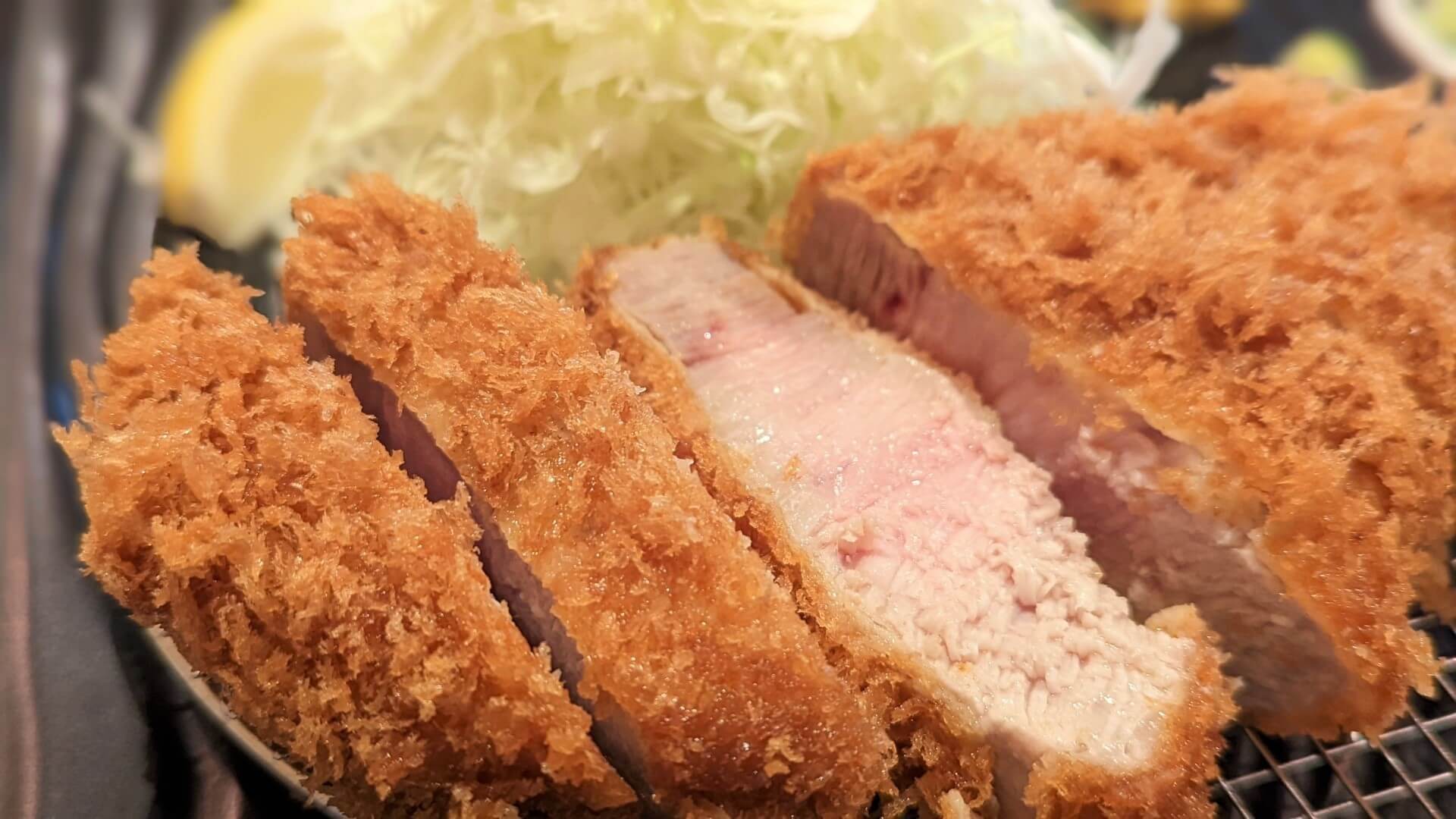
Restaurants including Allie – a French restaurant utilising the best Japanese produce – along with Principio – an indulgent but reasonably price Italian restaurants – and the New York Club – bagels and sandwiches – stand-out as some of the best ‘yoshoku’ (Western cuisine) restaurants not just in Azabu but all of Japan. Chic, hip and cosmopolitan, the Azabu area rates among our favourite neighbourhoods in Tokyo. For restaurant listings, see TripAdvisor’s ‘Restaurants in Azabu Juban’ page.
UENO ‘AMEYOKO’
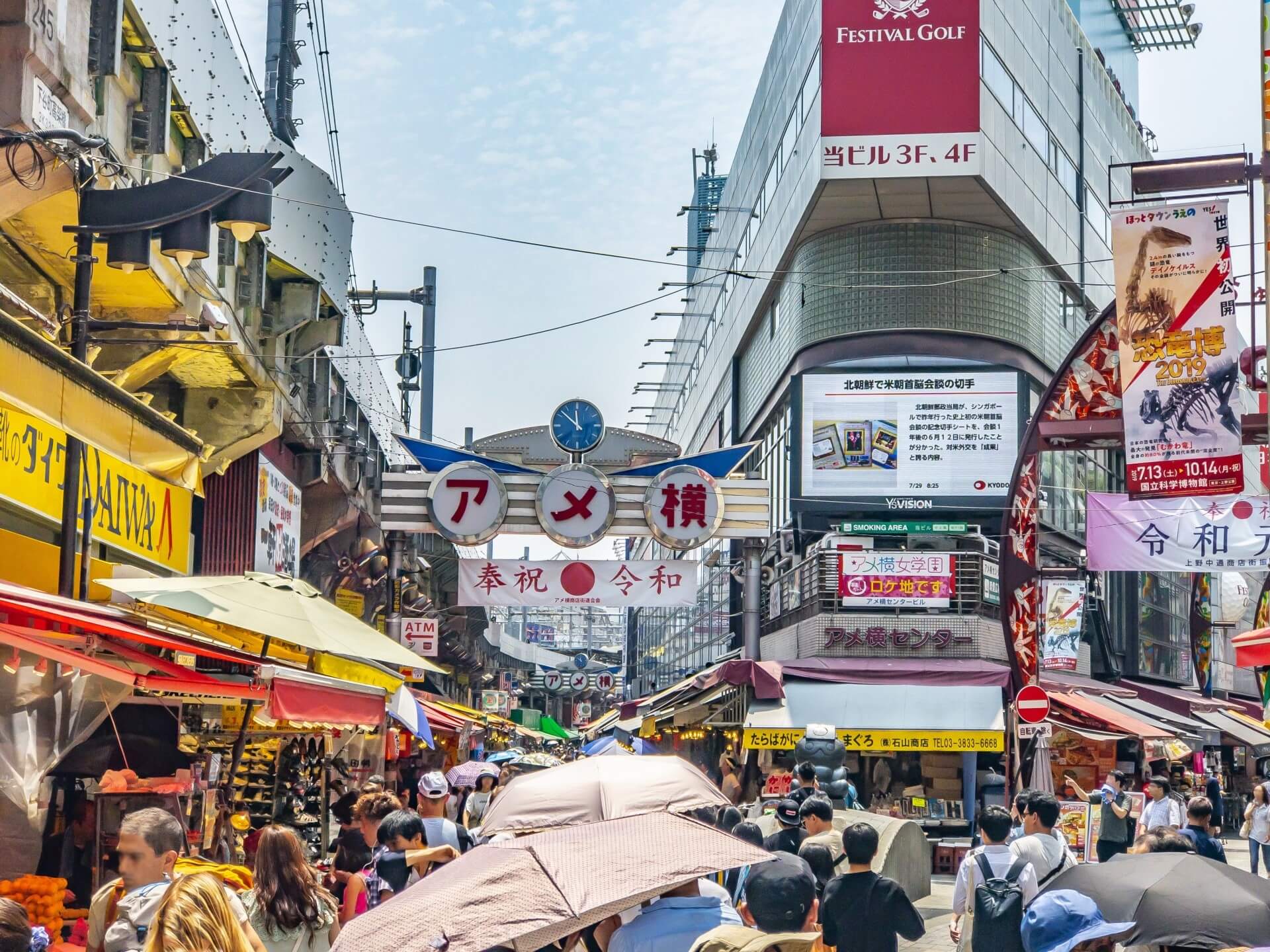
Only moments walking from Ueno Station, Ameyoko is a bustling shopping and dining district known for its outdoor dining, cheap eateries and raucous atmosphere. You’ll find all manner of restaurants, vendors and stores lining the laneways and tucked around rail bridges. Dining-out in Ameyoko is all about hopping between ‘izakaya’ that serve cold beers and all manner of food to share with friends.

Many have street-side tables or are standing only and retain their Showa Period (1926-1989) atmospheres, with people from all walks of life – from business men to some questionable characters and everyone between – filling the tables and laneways with chat and laughter. Operating areas vary with most restaurants and vendors open from the early afternoon until well into the early morning. For restaurant listings, see TripAdvisor’s ‘Restaurants in Ueno’ page.
ASAKUSA ‘HOPPY STREET’
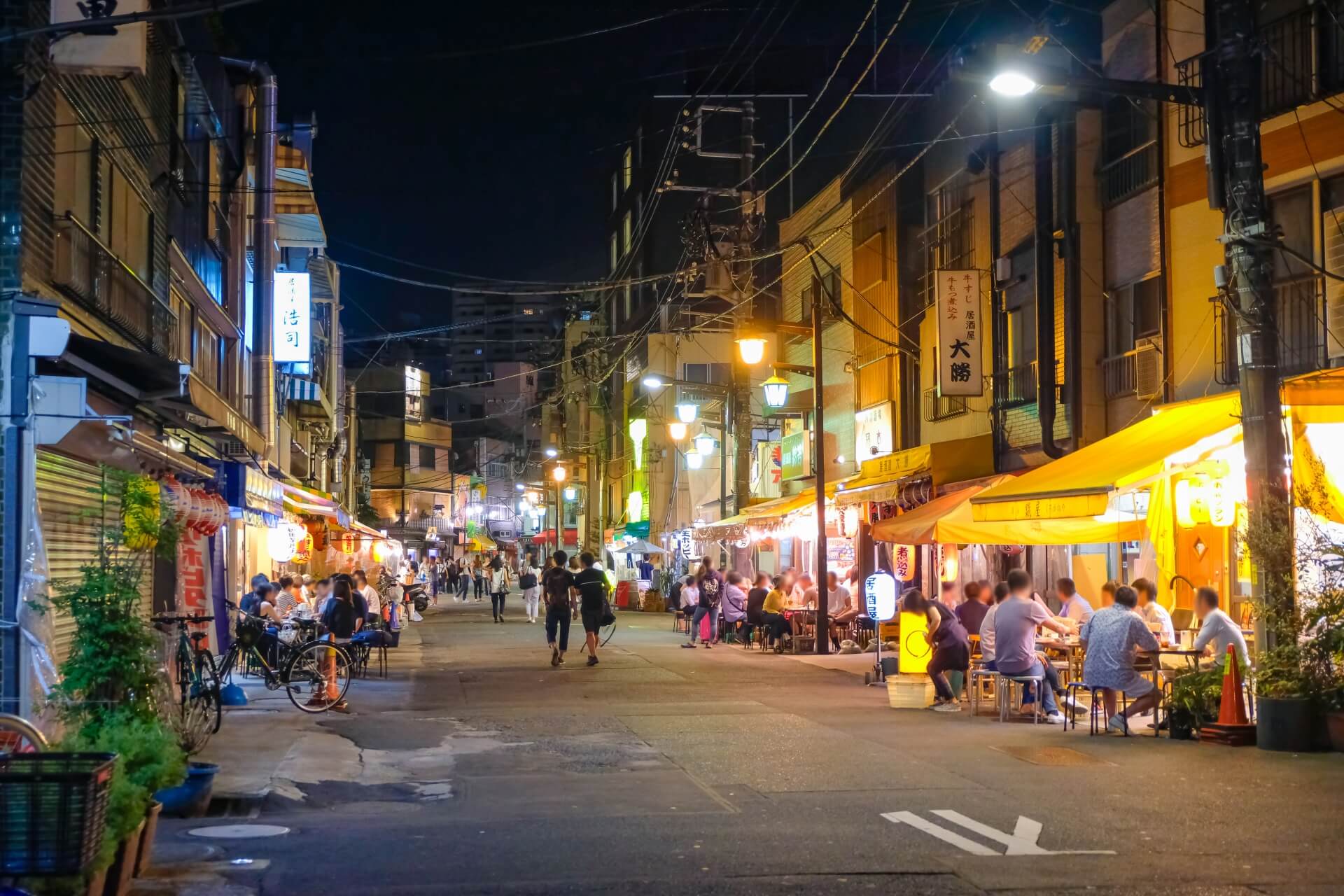
Only a short distance from Ueno, Asakusa best-known for its Senno-ji temple complex and is a popular destination for many international visitors who head there in their thousands each day. To the west of the temple, Asakusa’s ‘Hoppy Dori’ or ‘Hoppy Street’ is a renowned dining and drinking precinct offering numerous colourful street ‘izakaya’ offering good food on the cheap and raucous atmosphere fuelled by plenty of beer, ‘chuhai’, high balls and ‘hoppy’.
Asakusa has long attracted a diverse range of people including those a little down on there luck and takes its name from a cheap low percentage – only 0.08% – alcoholic beverage called ‘hoppy’ that people who couldn’t afford beer would often drink. Now a popular mixer with ‘shochu’, enjoying a hoppy in combination with the street’s signature ‘nikomi’ (stew) and all the usual favourites such as ‘yakitori’, ‘udon’, ‘ramen’ and plenty more is a great way to experience the more casual side of Tokyo dining. Operating hours vary however most vendors are open from 11:00 until around midnight. For restaurant listings, see TripAdvisor’s ‘Restaurants in Asakusa’ page.
SHIN-OKUBO ‘KOREA TOWN’
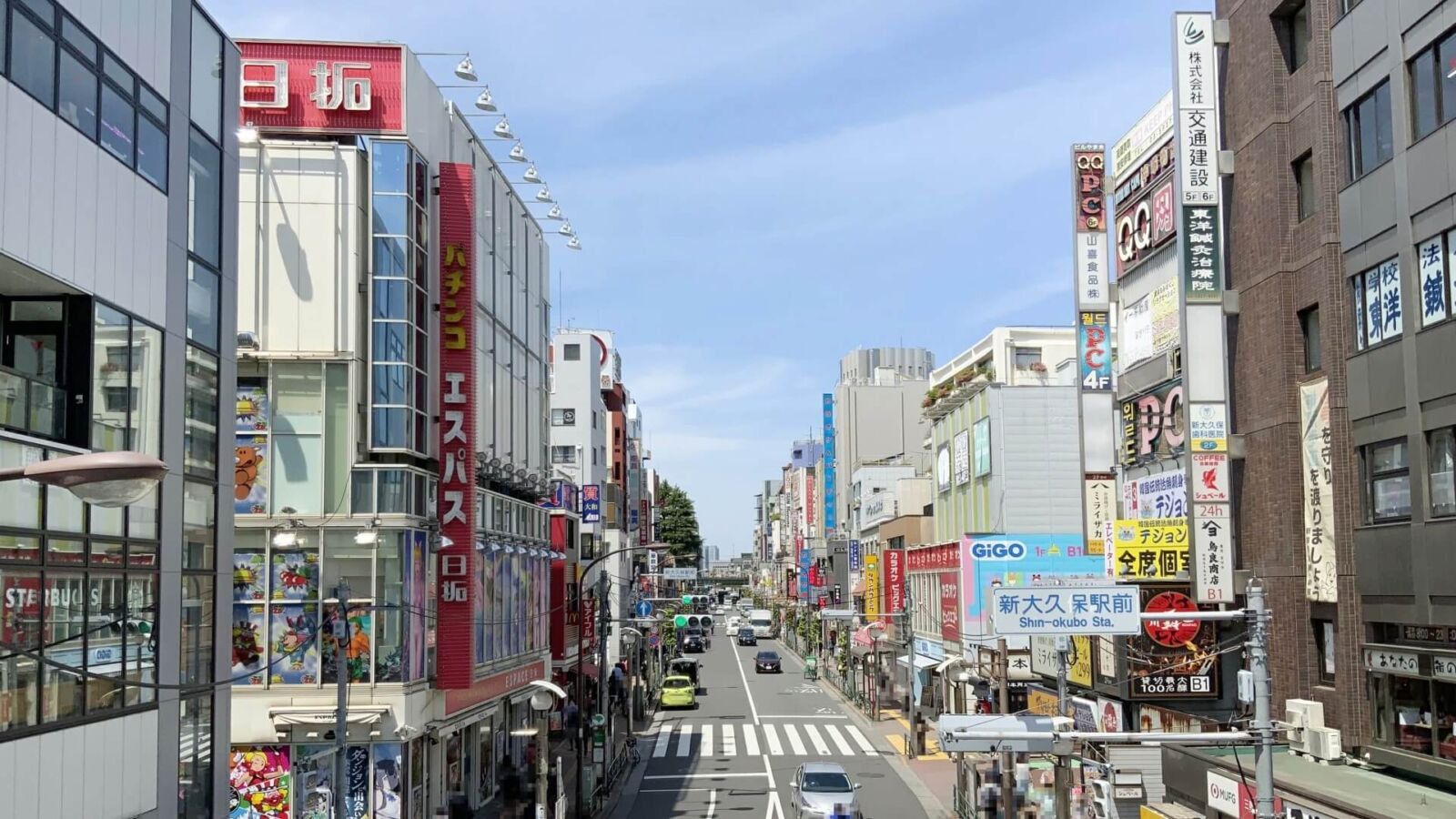
It should come as no surprise that Tokyo boasts an indulgent array of food including plenty of international cuisine. Located to the north of the popular Shinjuku entertainment area, Shin-Okubo is known for its fantastic Korean. Japan and Tokyo are home to a large Korean community; a community that is most celebrated for its food culture – one that offers notably stronger flavour and heat than its Japanese equivalent.
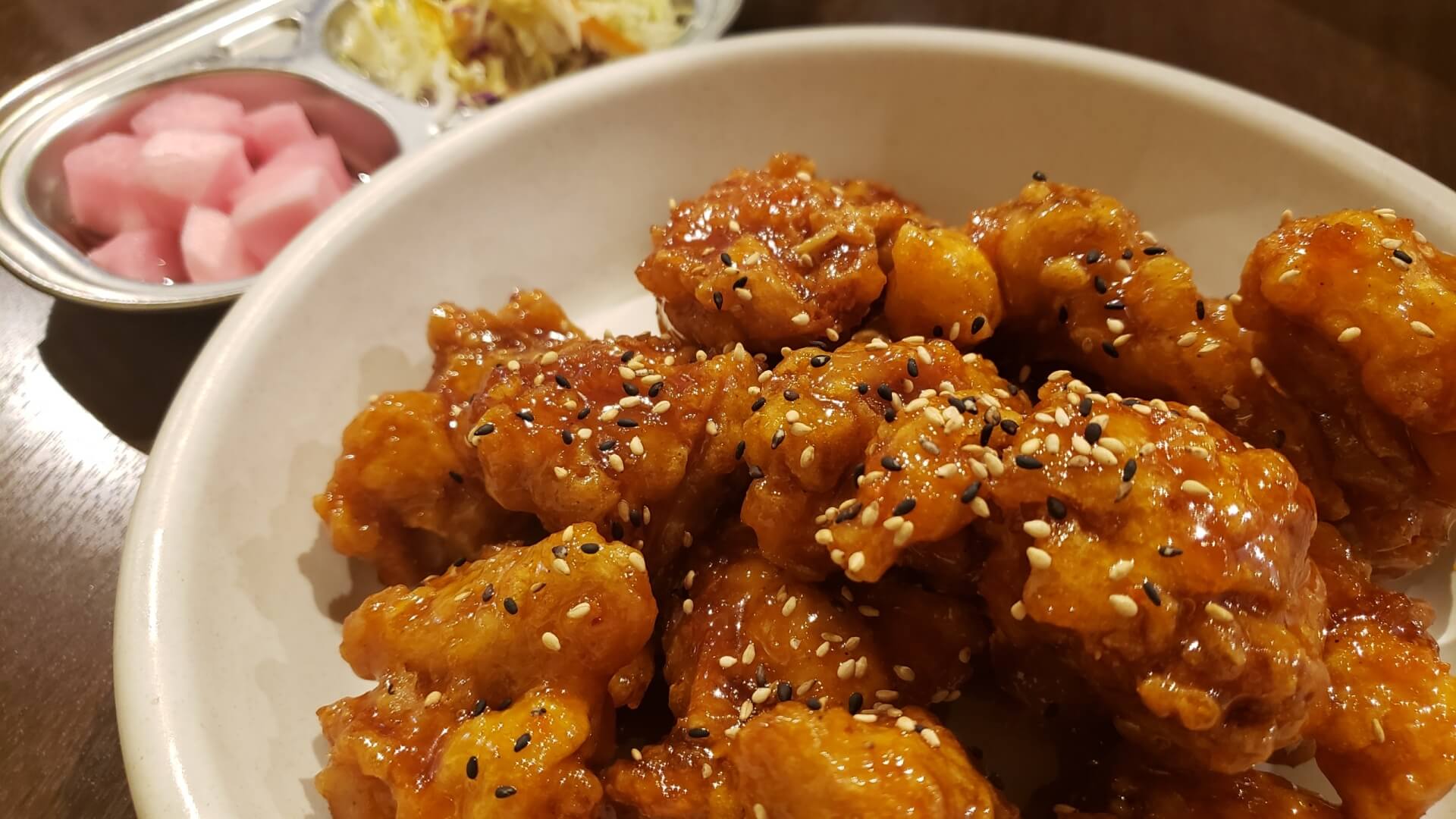
There are plenty of restaurants to choose from, serving all the usual staples including ‘kimichi’ (spicy fermented vegetables), ‘samgyeopsal’ (grilled pork belly), ‘hotteok’ (fried stuffed pancakes), ‘jigae’ (stew), ‘dak-galbi’ (meat and cheese hotplate), ‘chimaek’ (crispy chicken) and of course the always popular Korean barbeque. Located on the east-side of Shin-Okubo Station, you’ll find restaurants operating at most times of day. For restaurant listings, see TripAdvisor’s ‘Restaurants in Shinjuku’ page and use the ‘View Map’ function to look to the north of Shinjuku Station for eateries in Shin-Okubo.
WHERE TO STAY IN TOKYO?
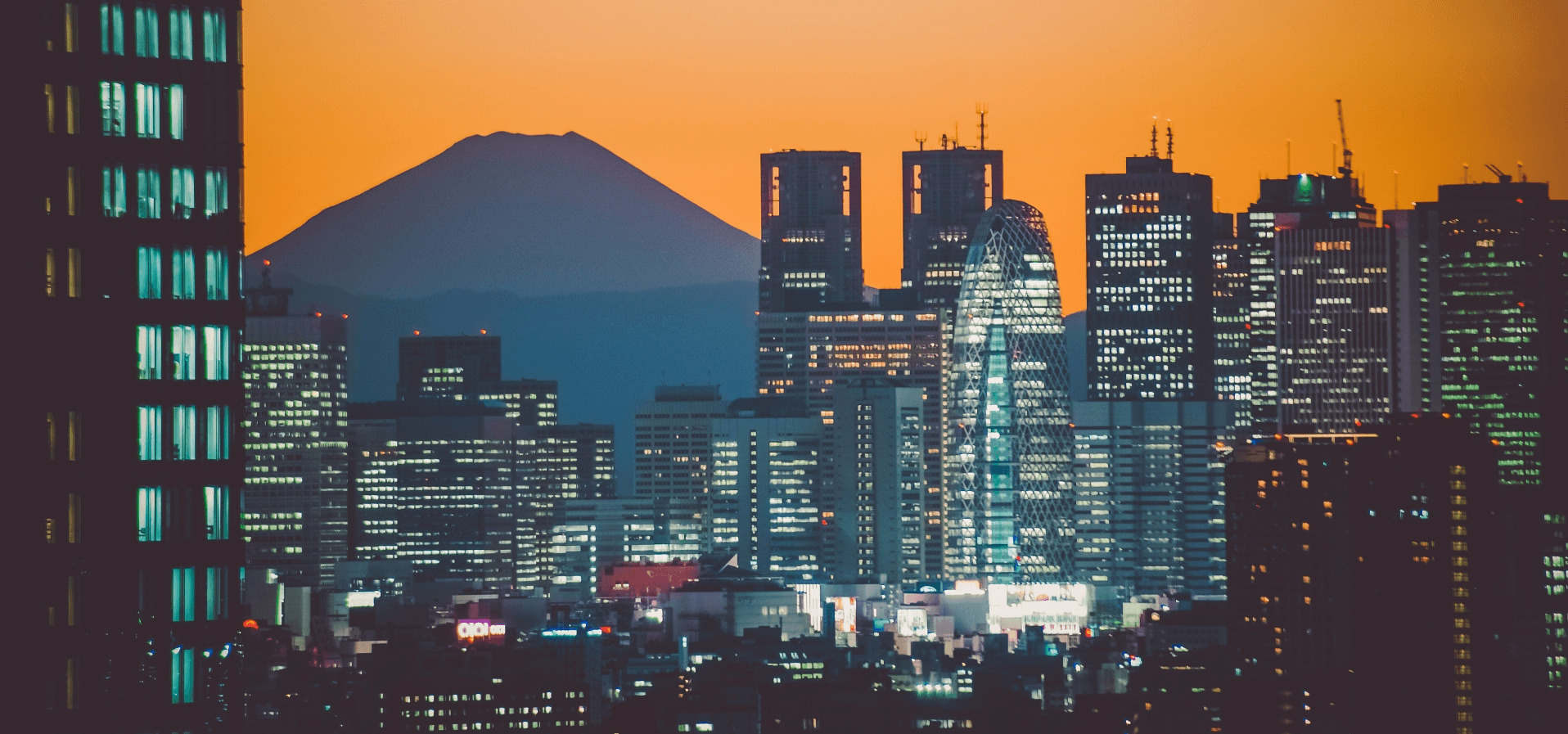
Not just the largest city in Japan but also the largest city in the world, Tokyo is a sprawling giant that must be experienced at least once. Knowing where to stay when visiting Tokyo can make a huge difference when it comes to getting around the city and ultimately, getting the most out of your time there. Our ‘Where to Stay in Tokyo?’ page breakdowns the best areas to stay including accommodation listings.
BEST MUSEUMS IN & AROUND TOKYO
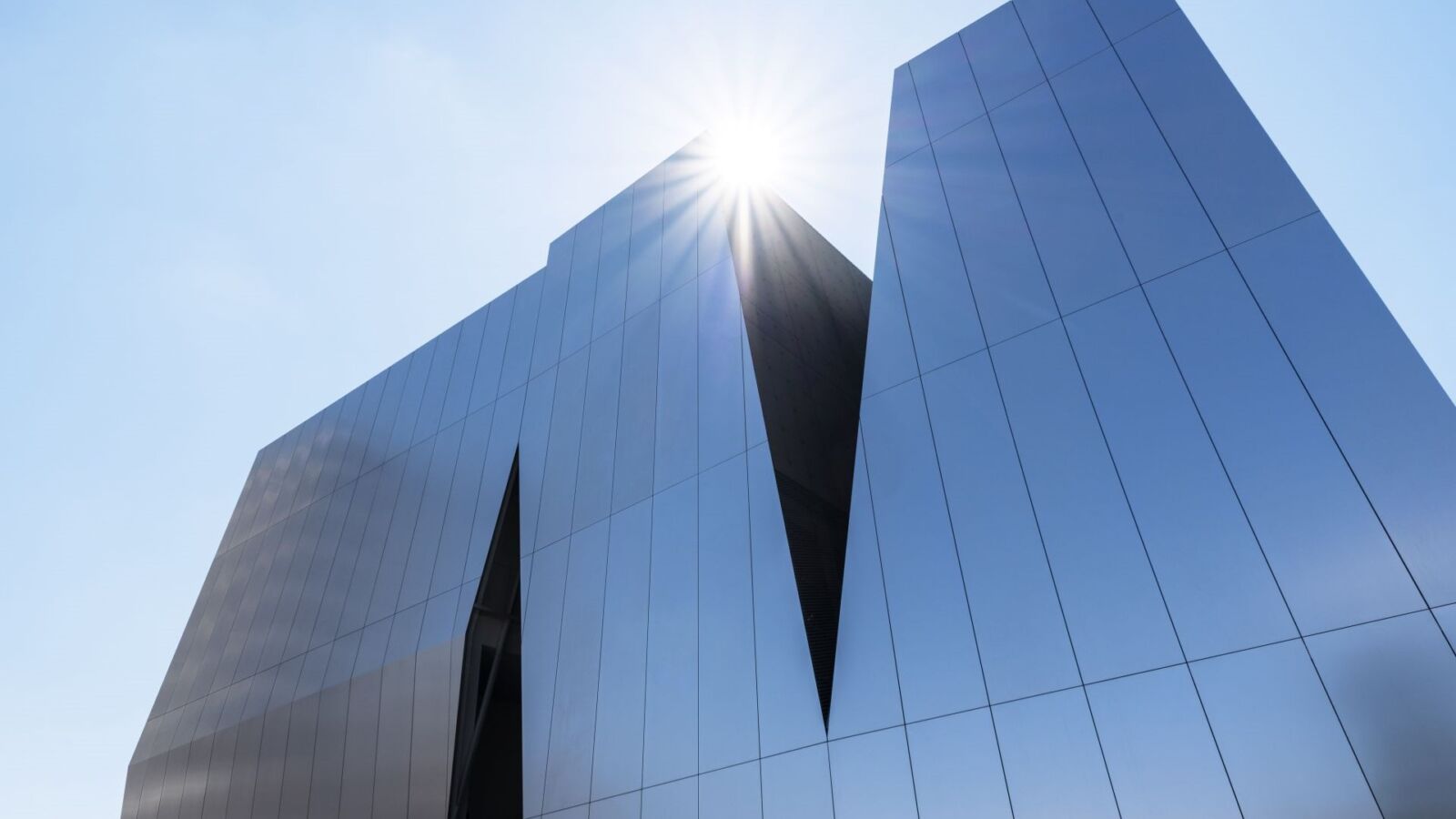
As a true global city, it is no surprise that Tokyo plays host to numerous outstanding museums and galleries, indicative of its thriving arts scene. Our ’40 Best Museums / Galleries In & Around Tokyo’ page lists our favourite museums in the capital along with some of the best in regional areas such as Hakone, Karuizawa, Nagano and more.
HOW TO GET TO TOKYO
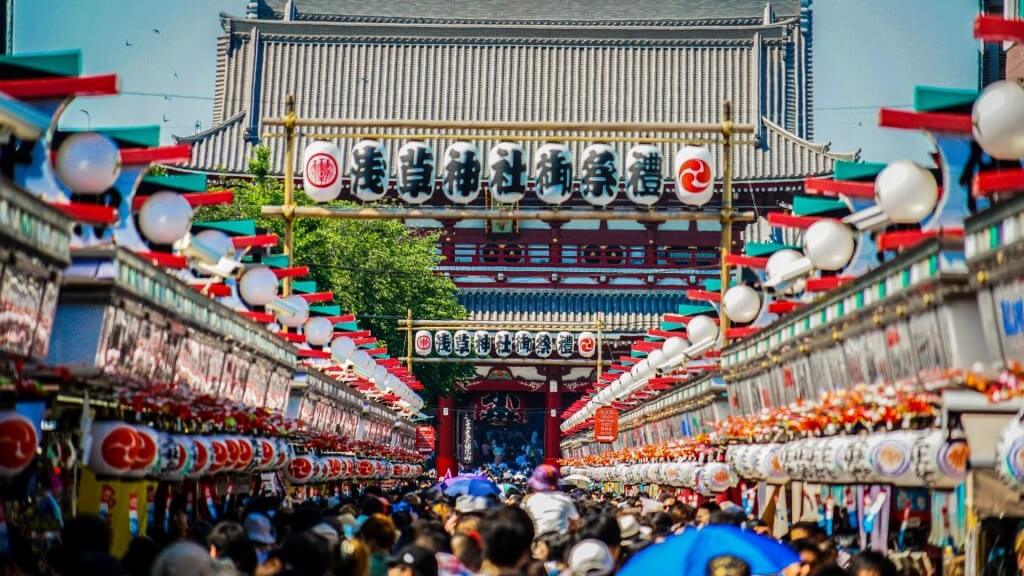
As Japan’s sprawling capital, Tokyo is the start and end point of numerous train lines and express bus services making it easy to reach from all over the country. Our ‘How to Get to Tokyo’ page includes detailed information about just how to get there from popular starting points including Nagoya, Kyoto, Osaka, Nagano and beyond.
PLAN YOUR VISIT TO JAPAN
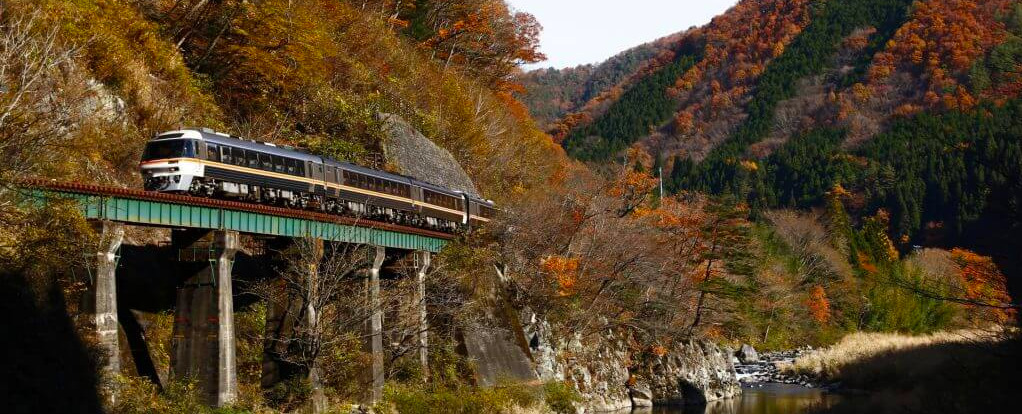

As the saying goes, ‘all roads lead to Rome’ or when in Japan, ‘all roads lead to Tokyo’. Japan’s immense capital is unsurprisingly also its most popular destination and hub from where you can most easily launch yourself into exploring the entire country. Our ‘Plan Your Visit’ page has everything you need to know about visiting Japan – from tips on the best time to travel, times to avoid, entering and exiting the country, money matters, staying connected, accommodation, staying safe and healthy and plenty more to ensure that you get the most out of your time here.



